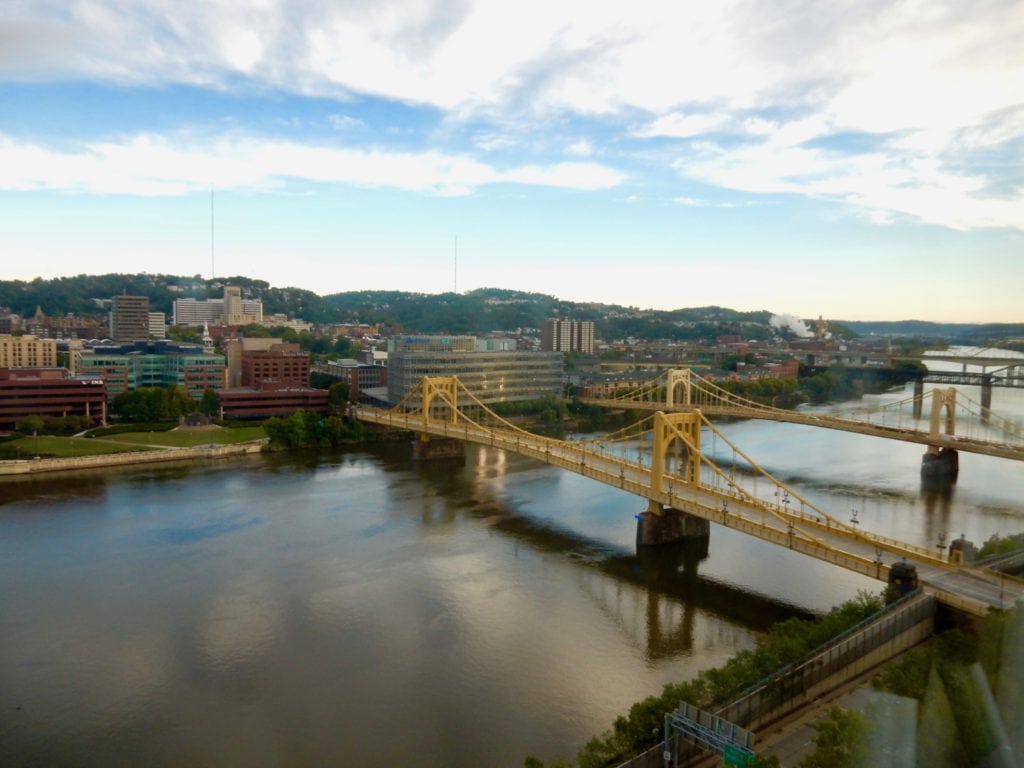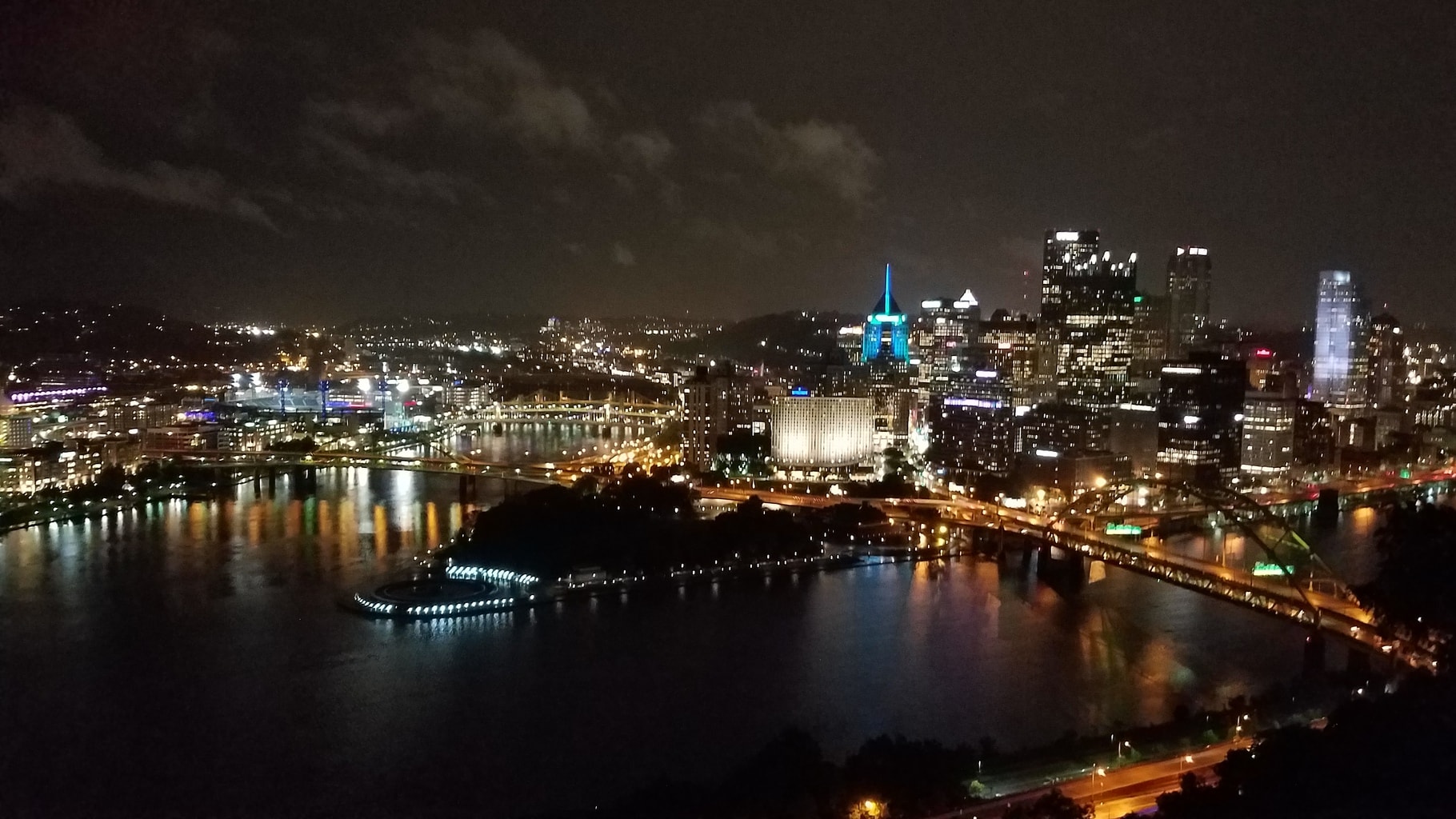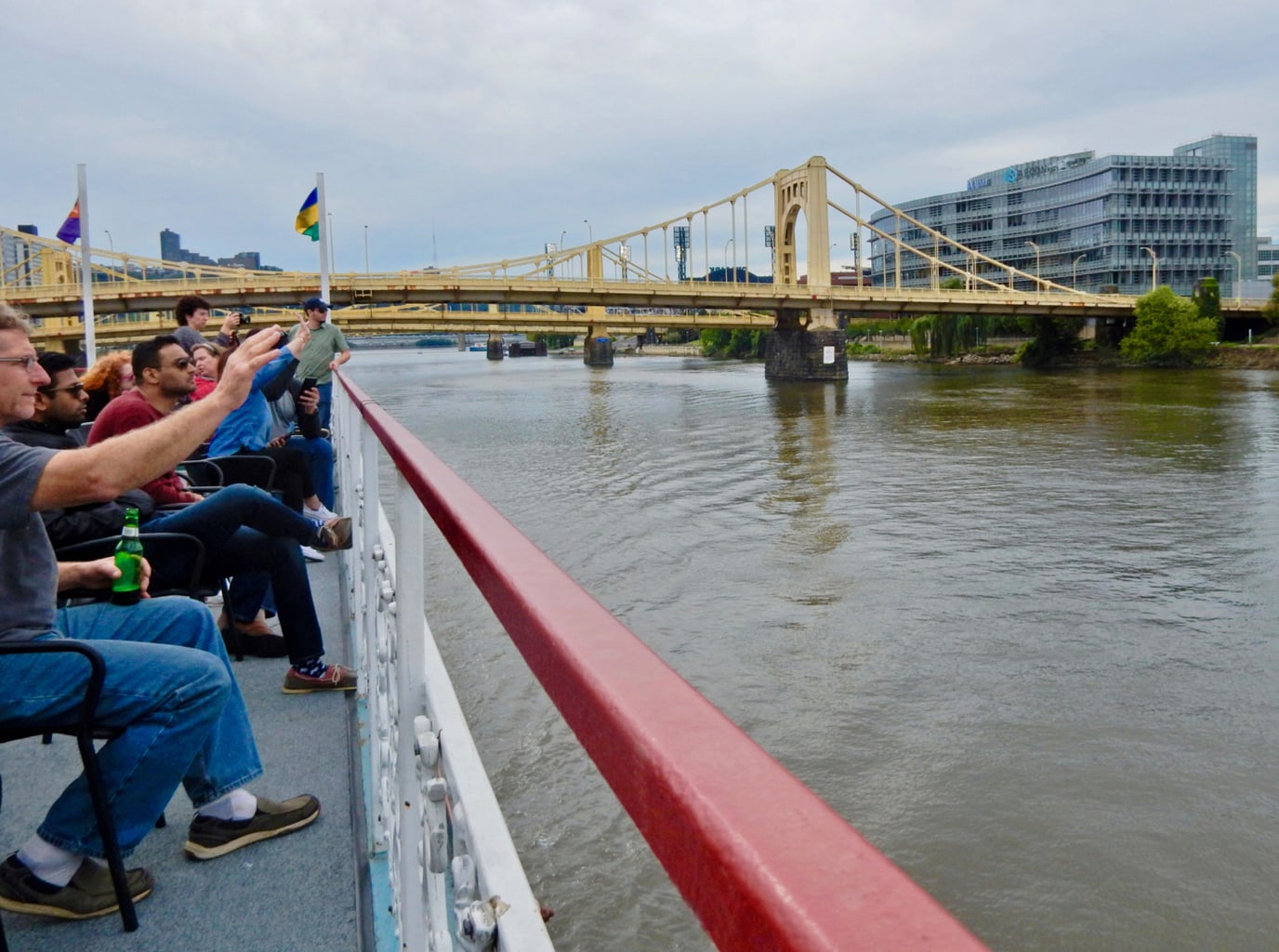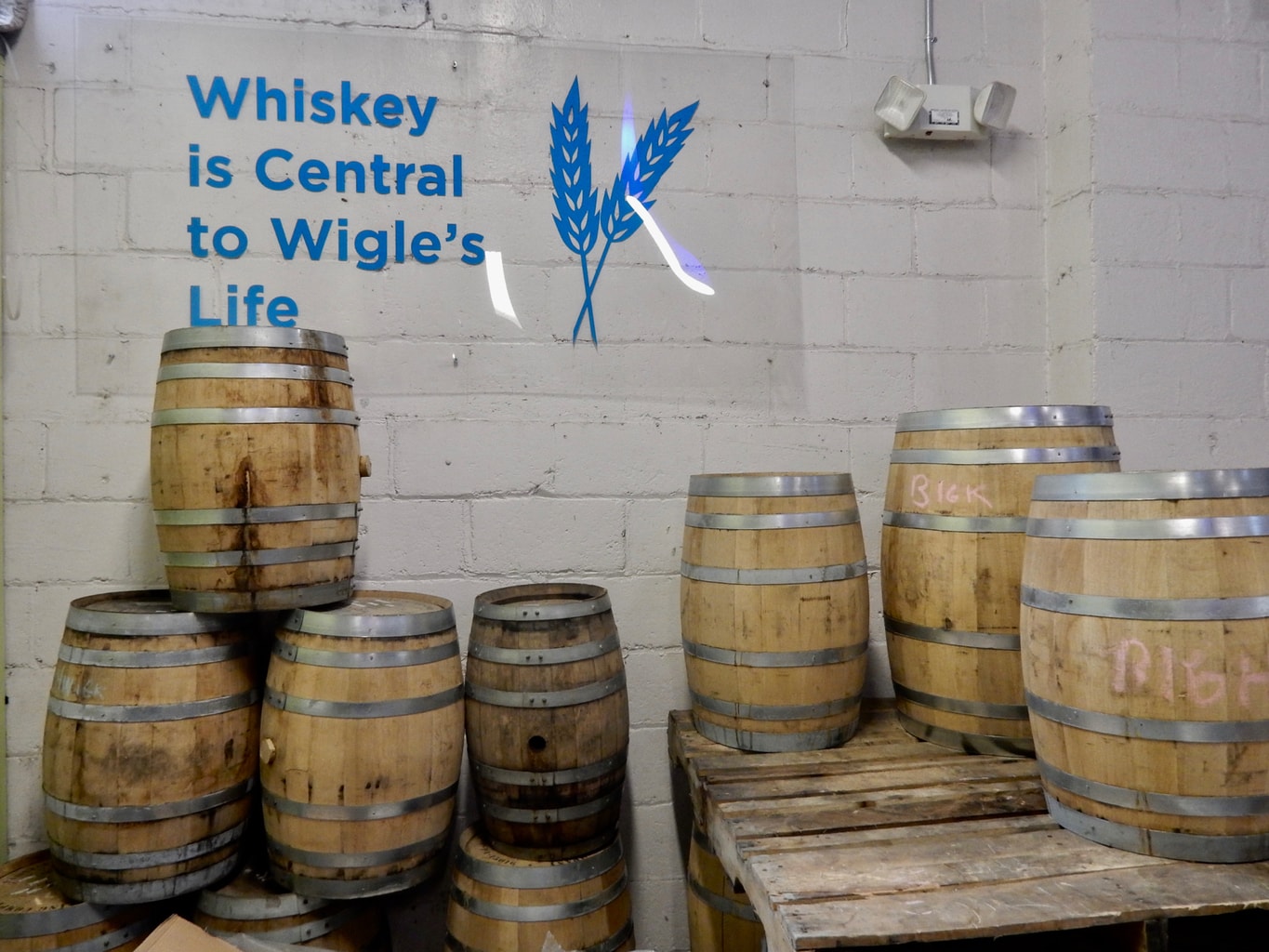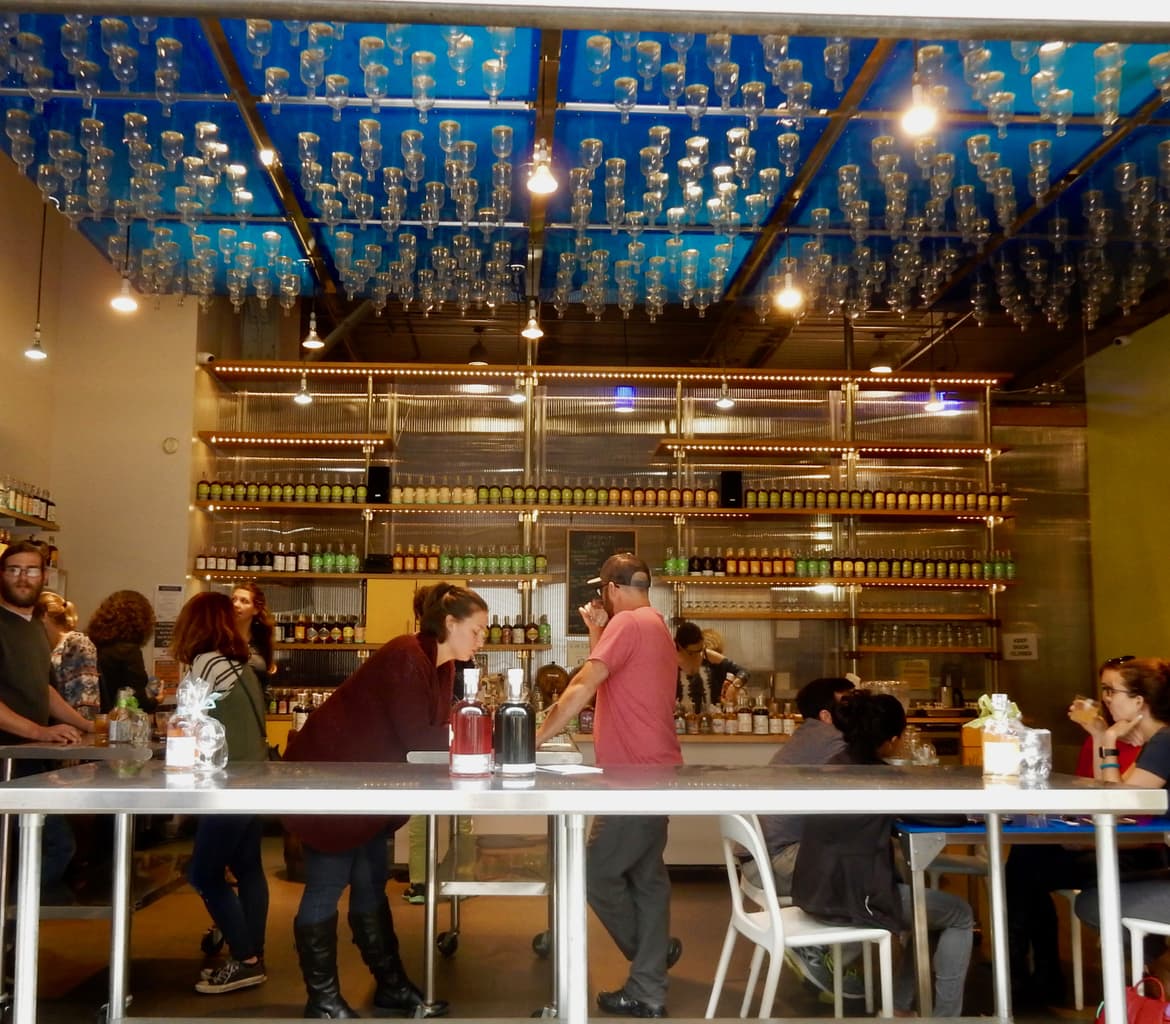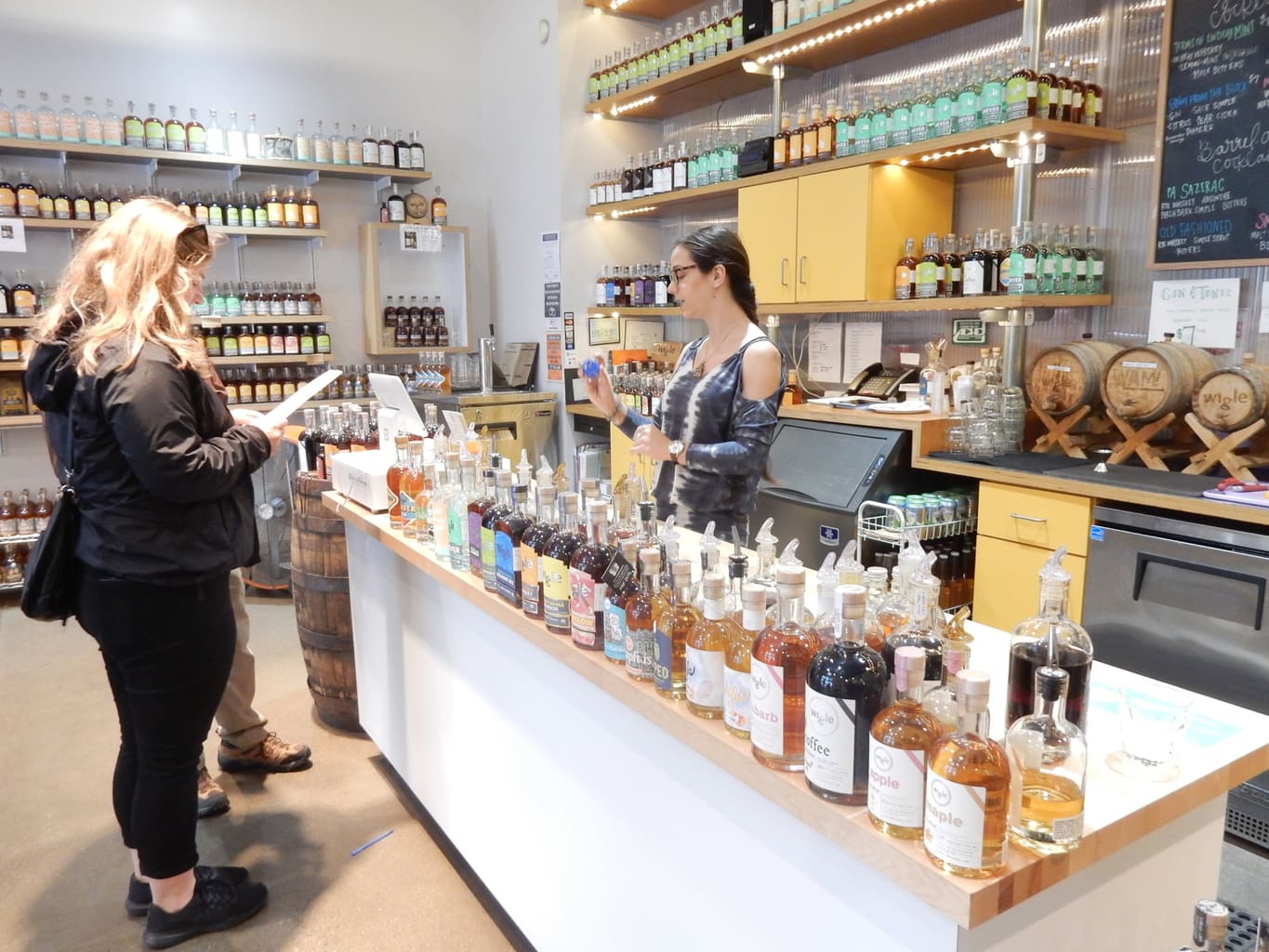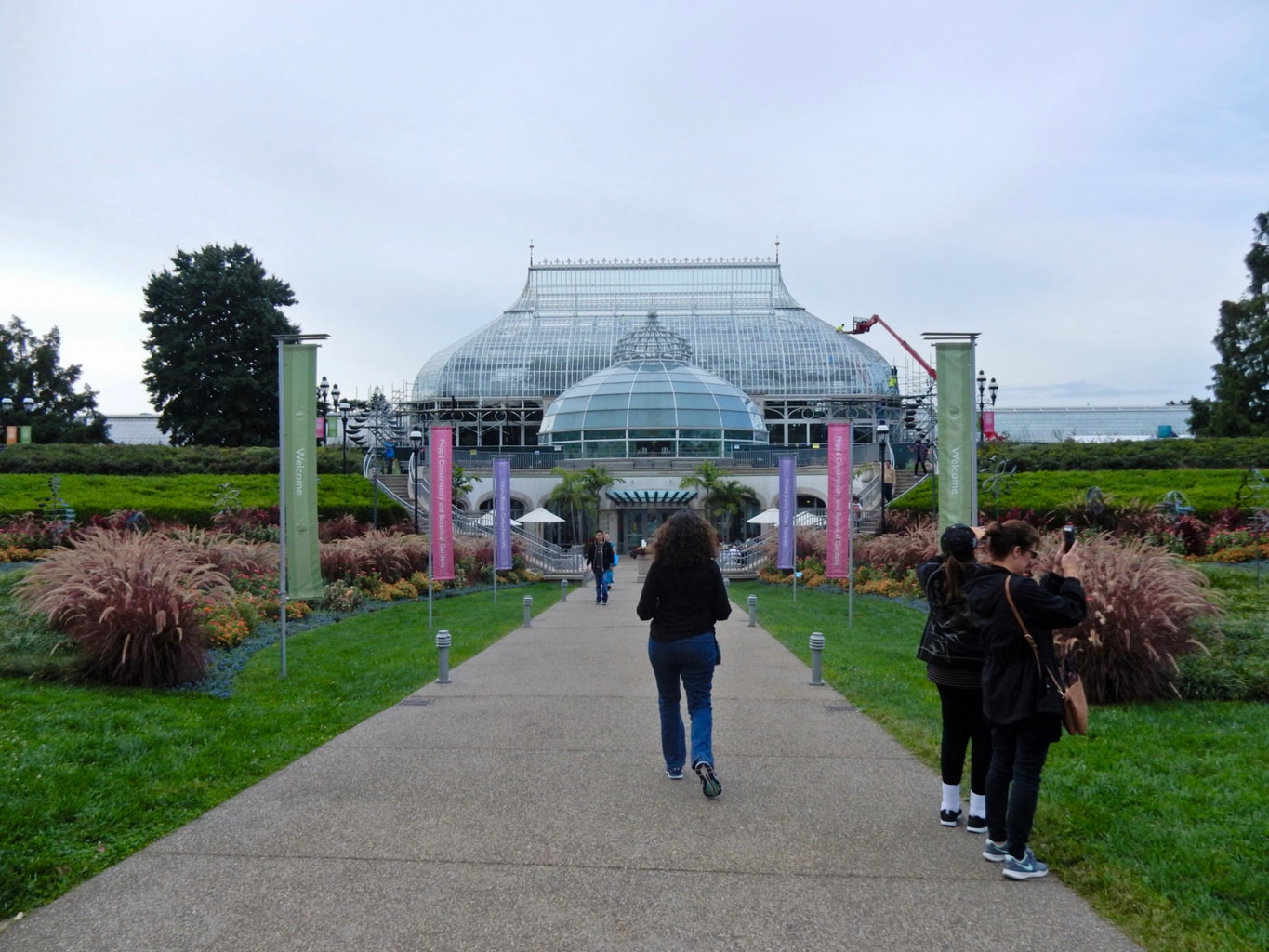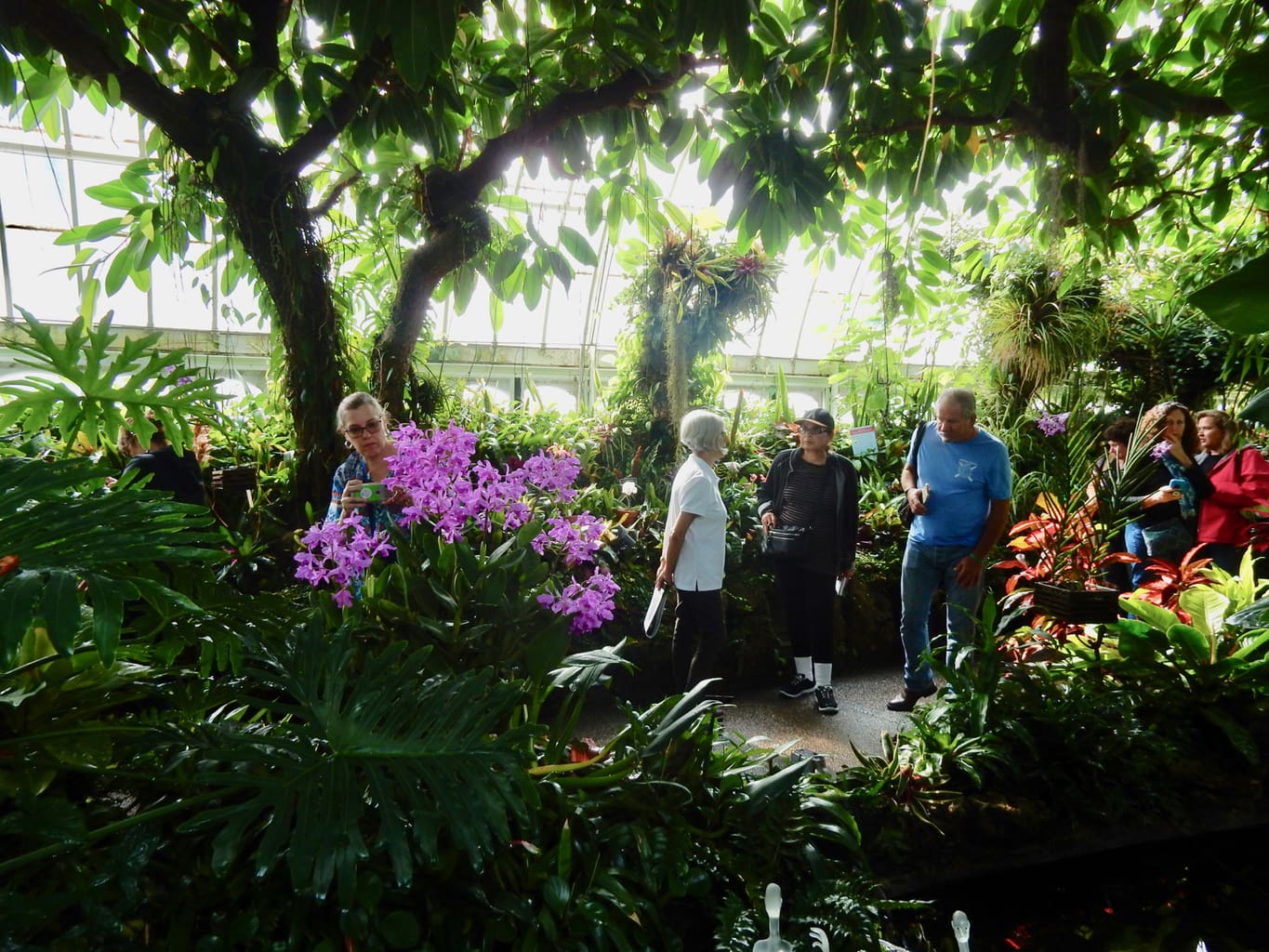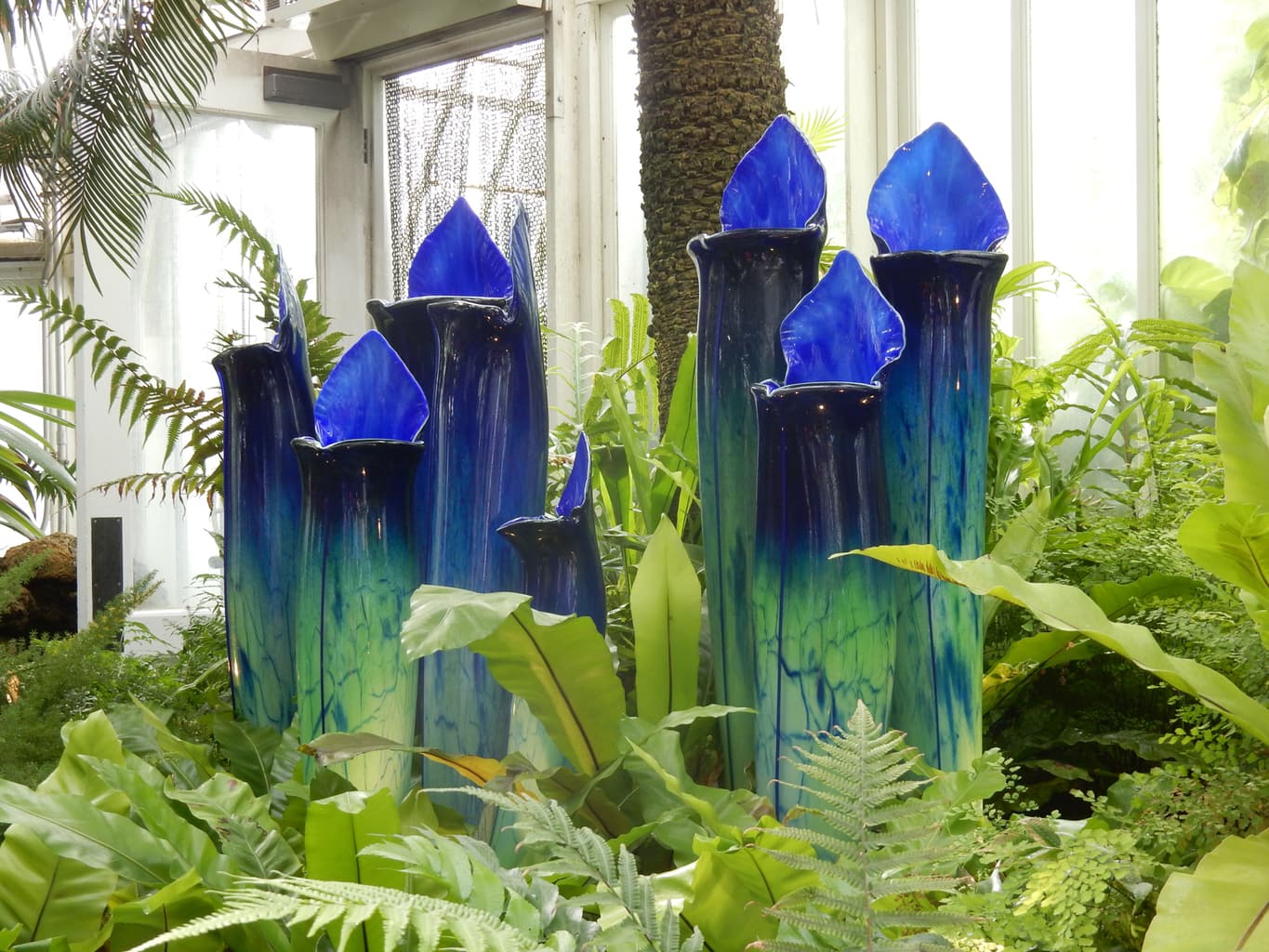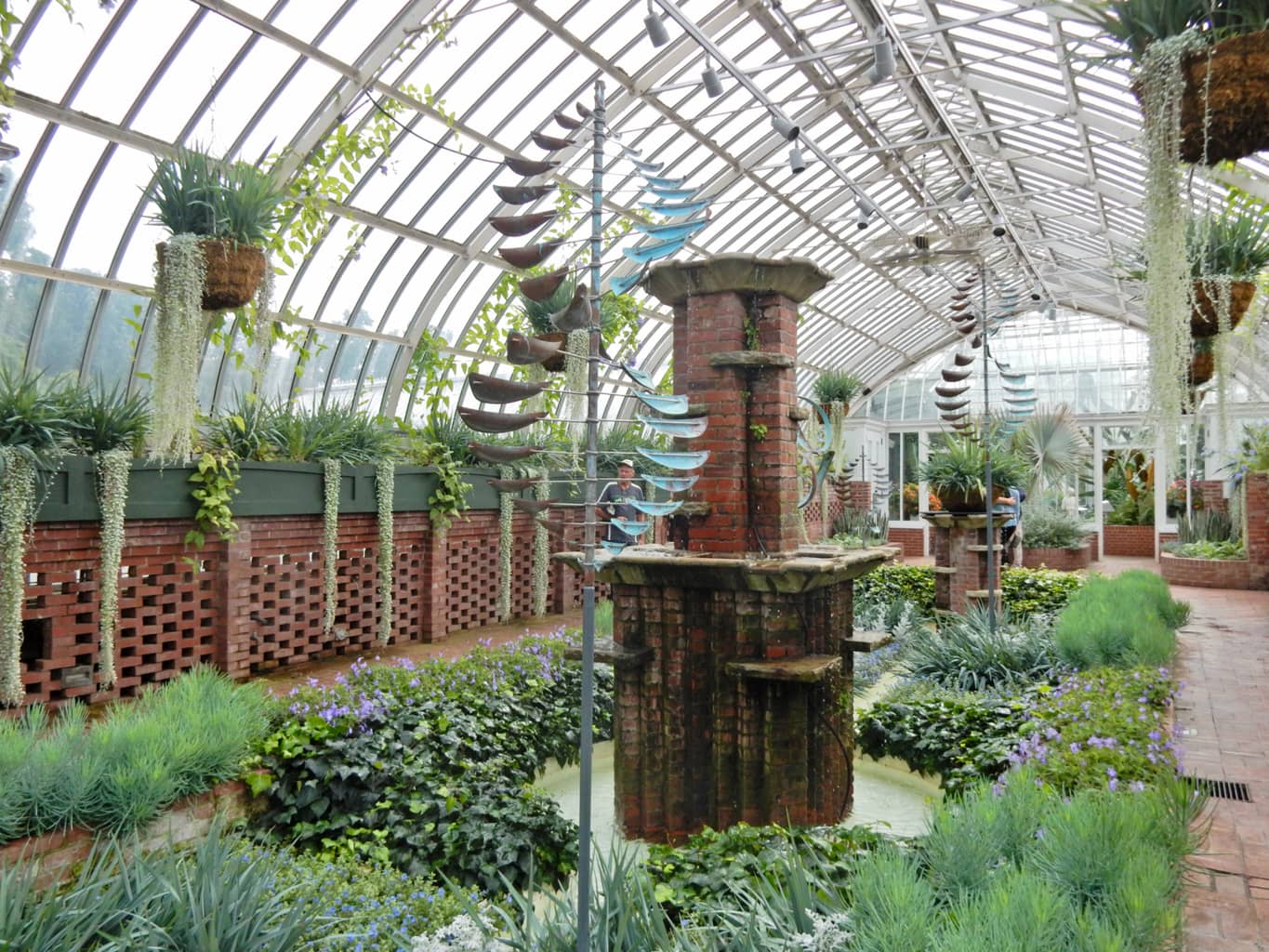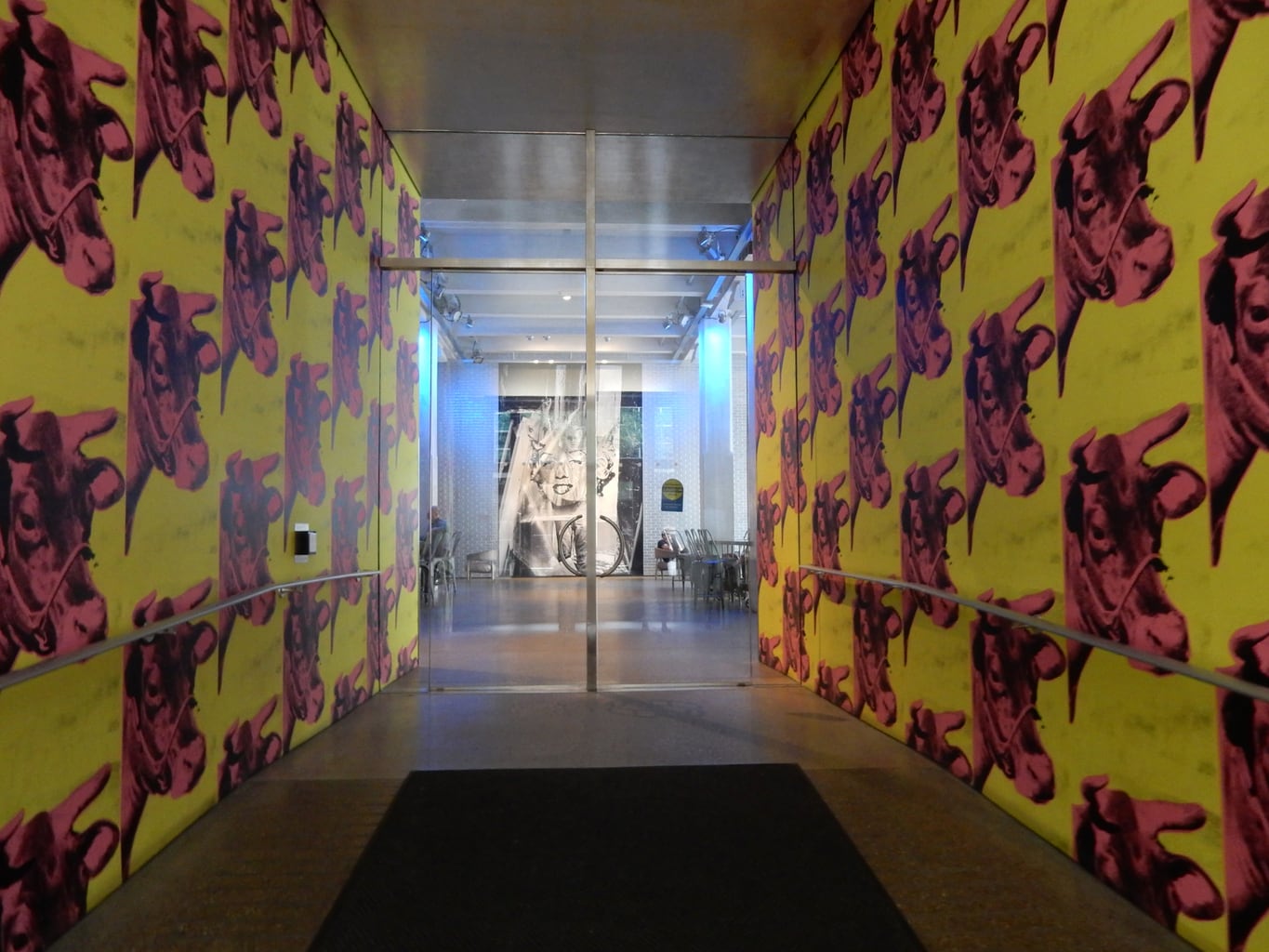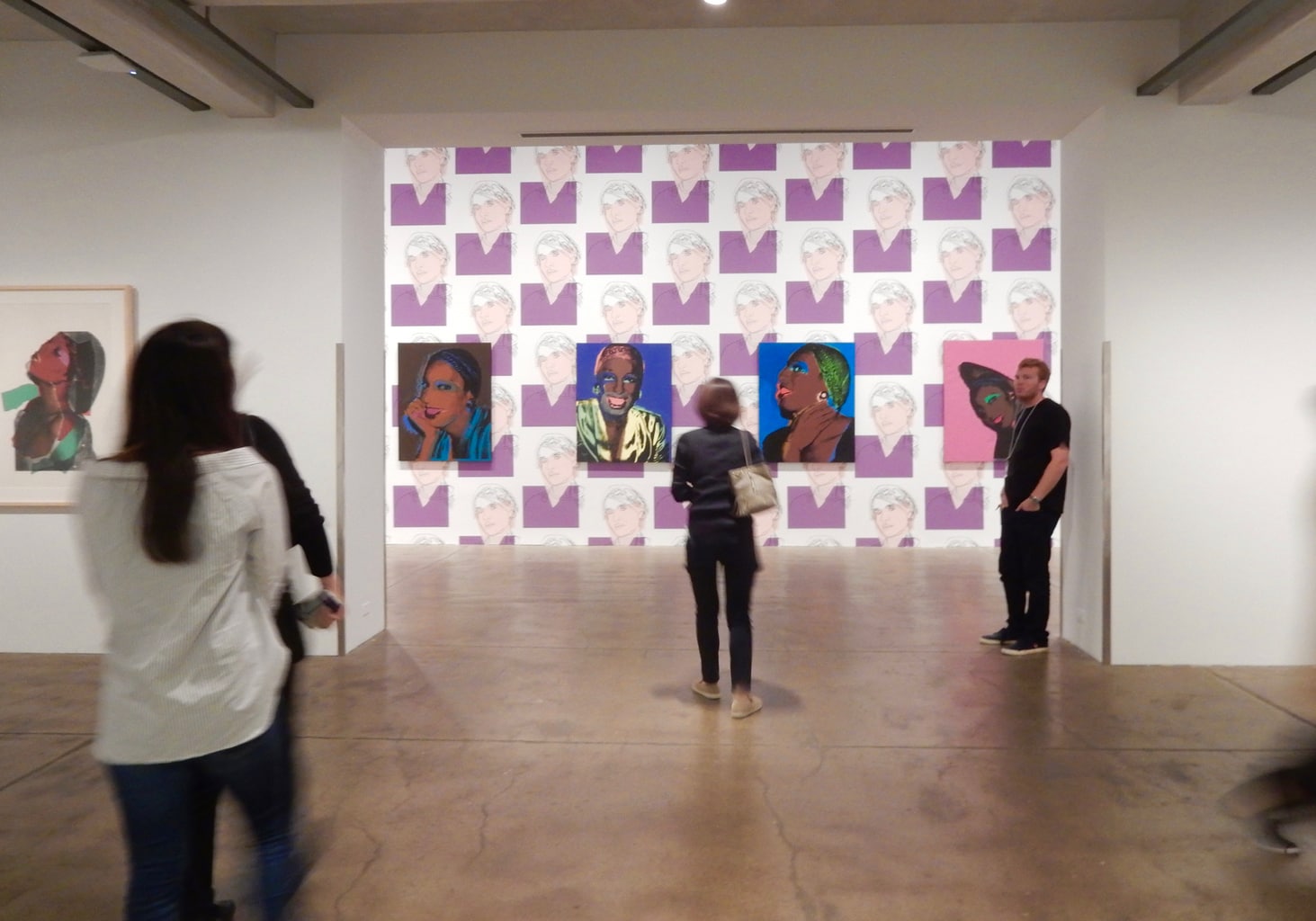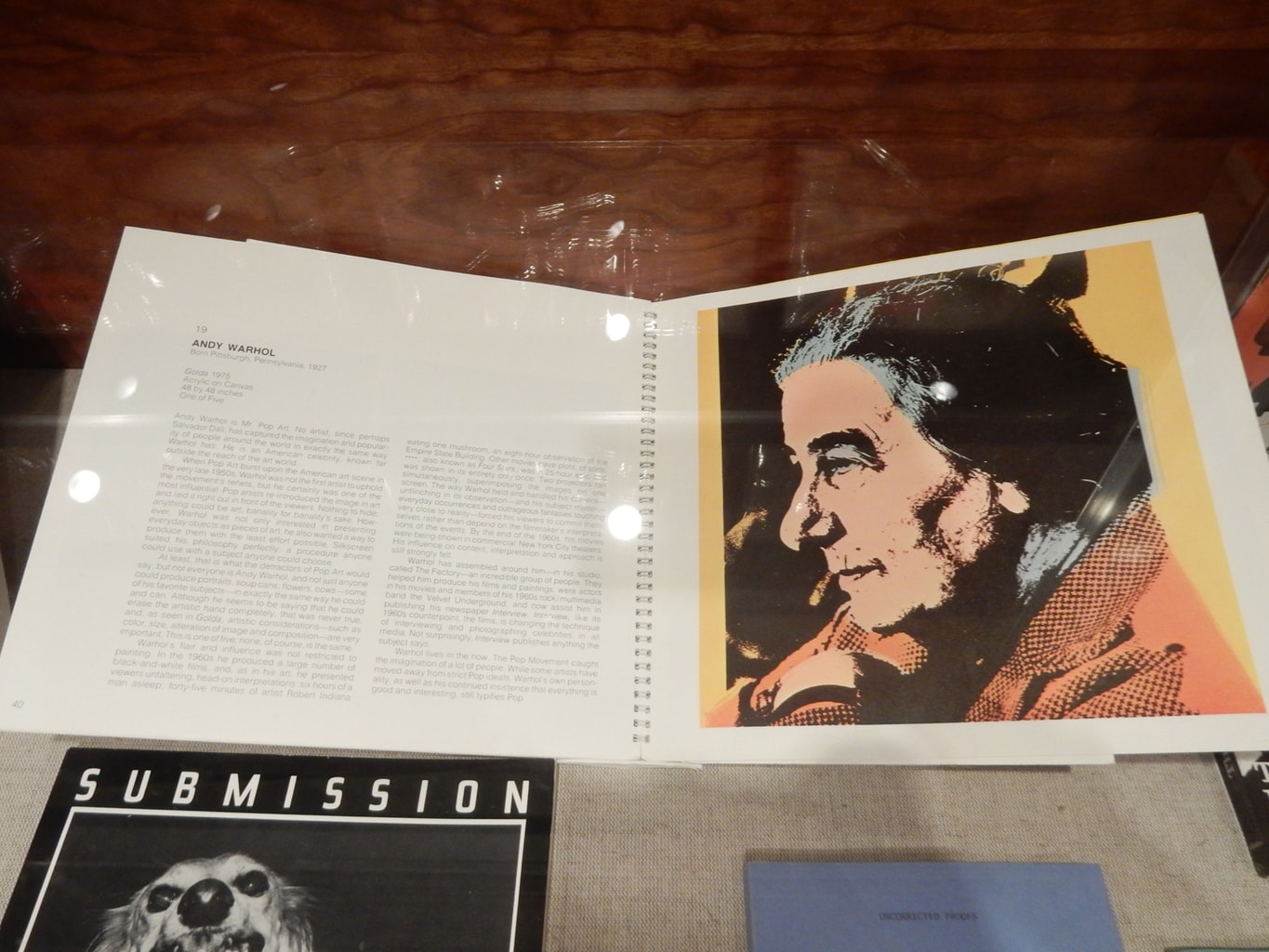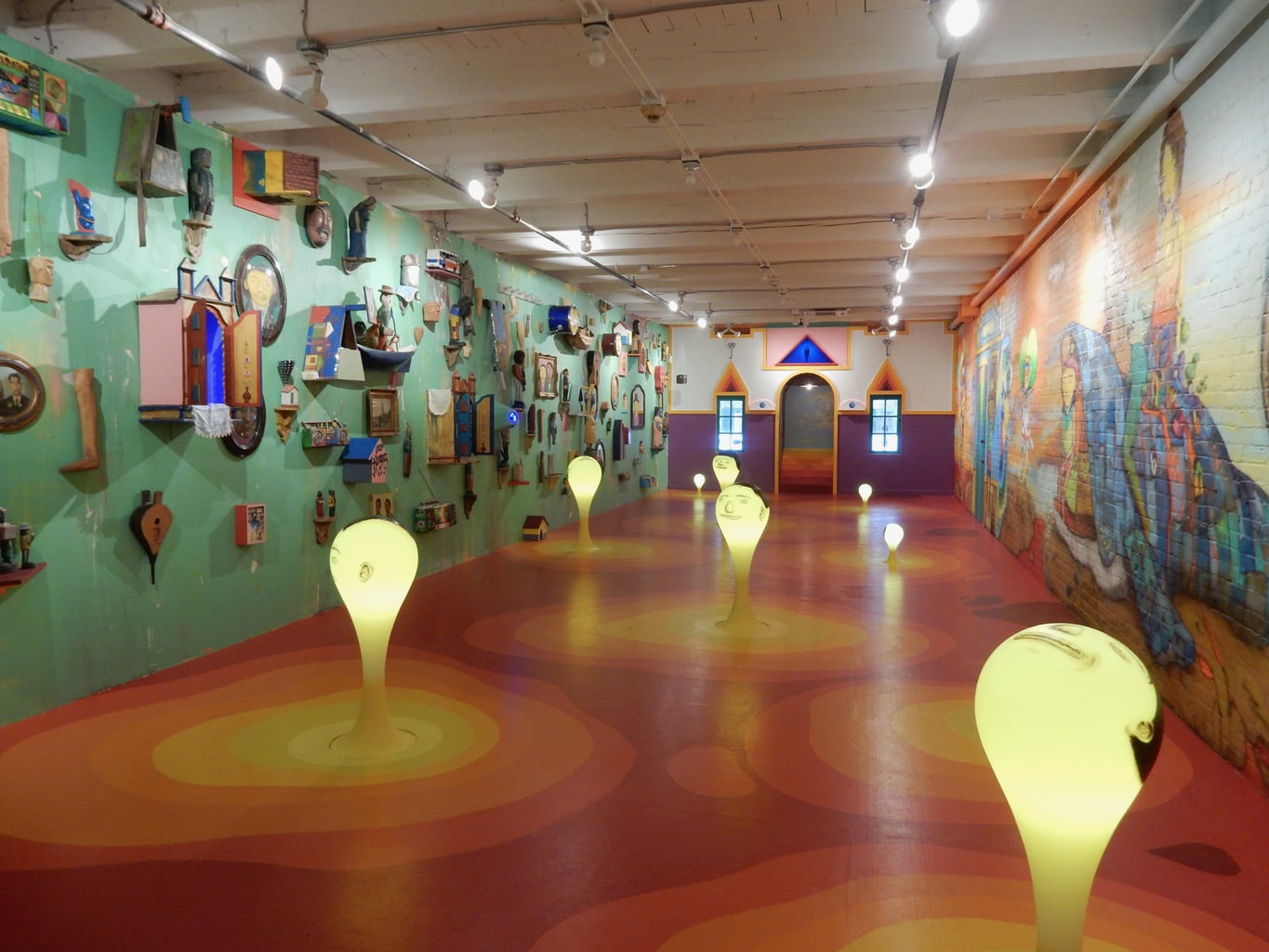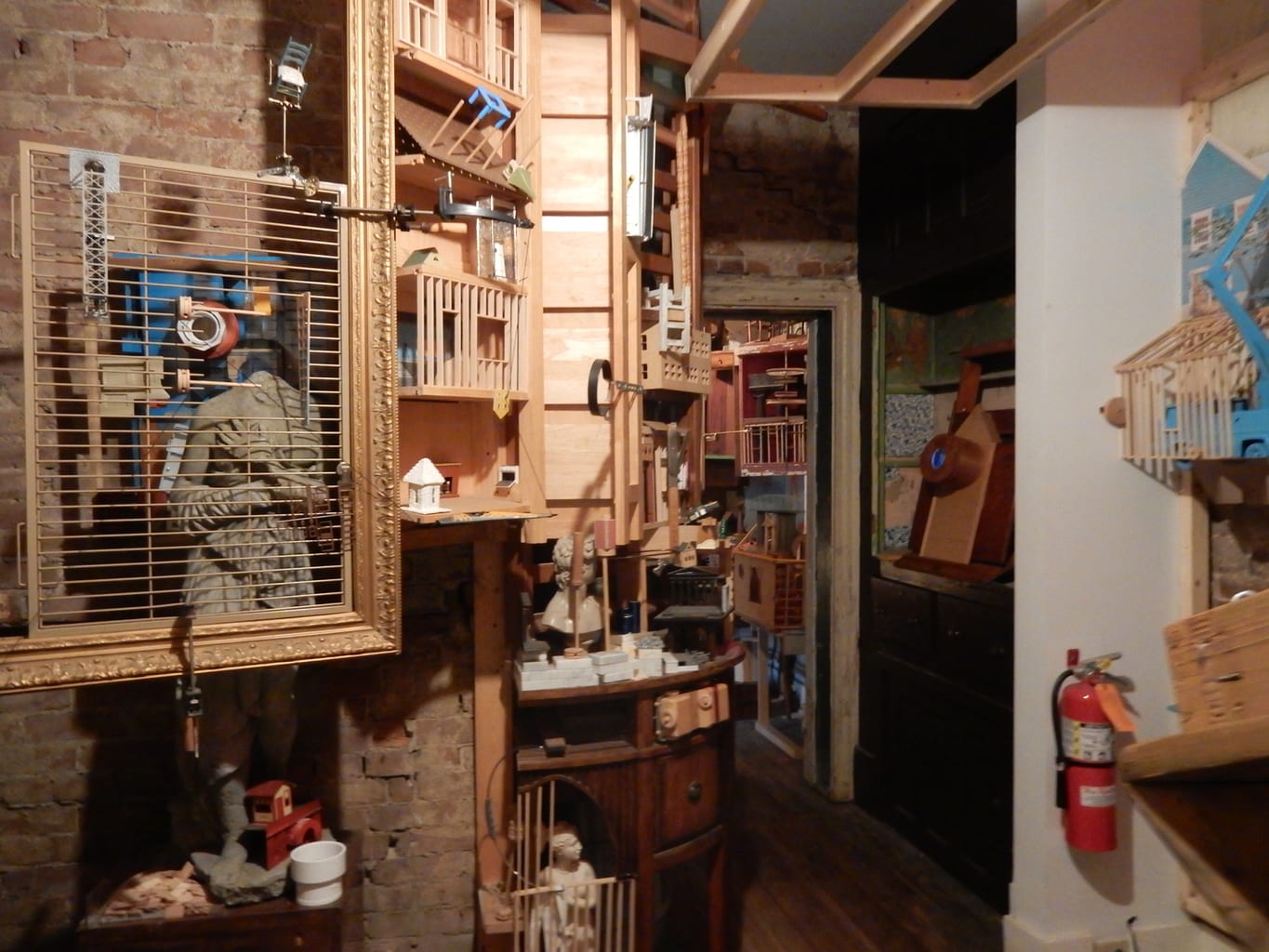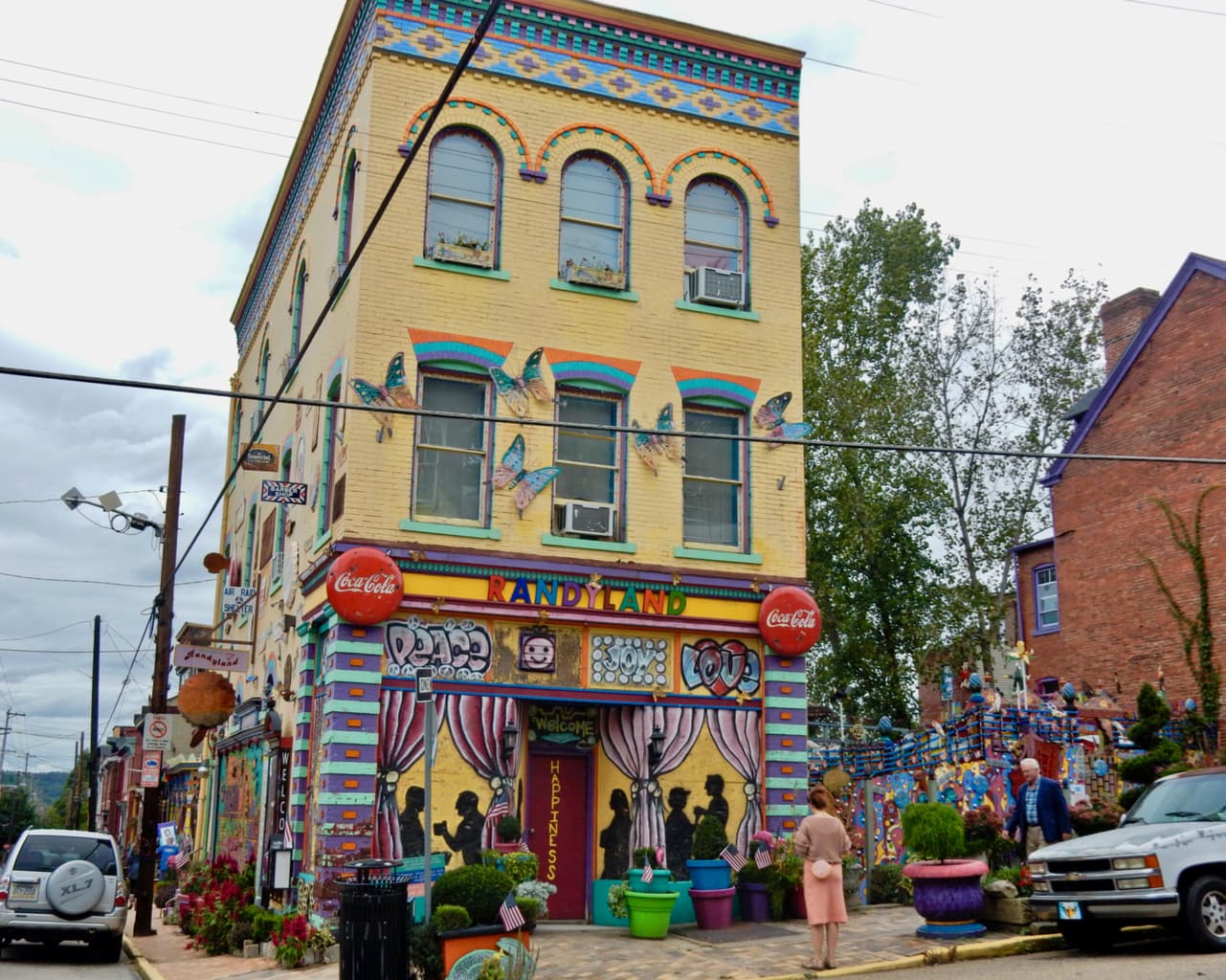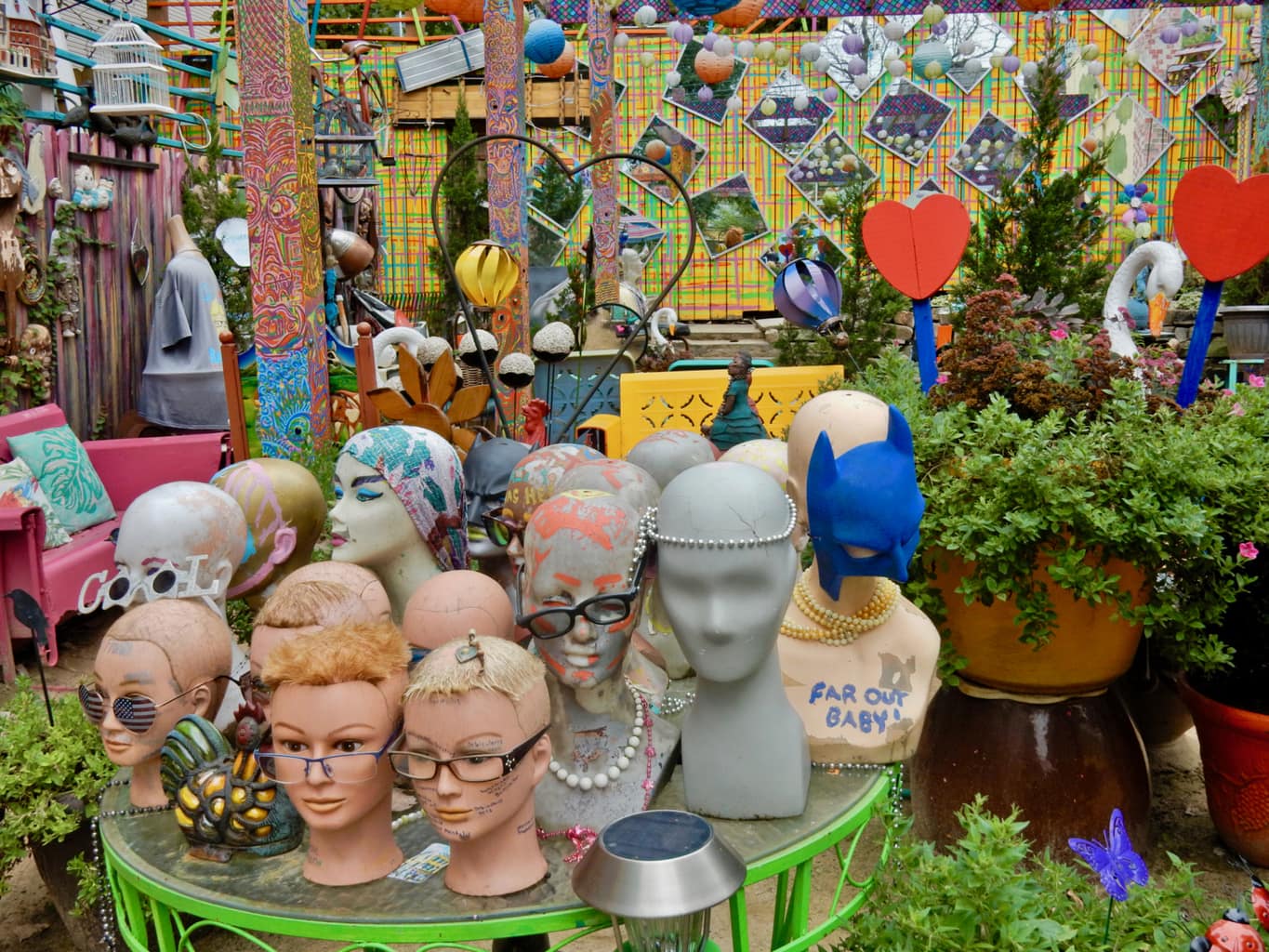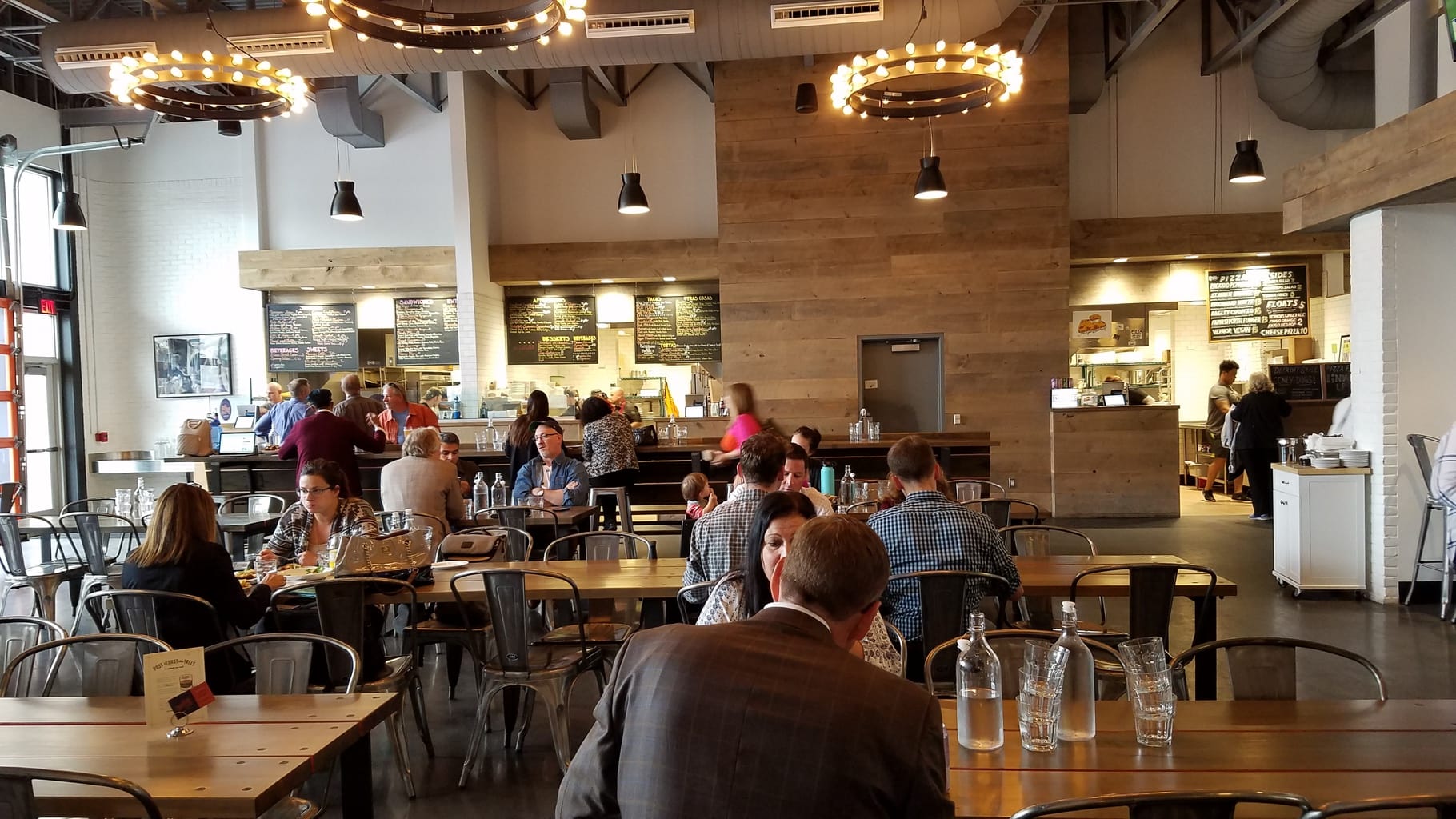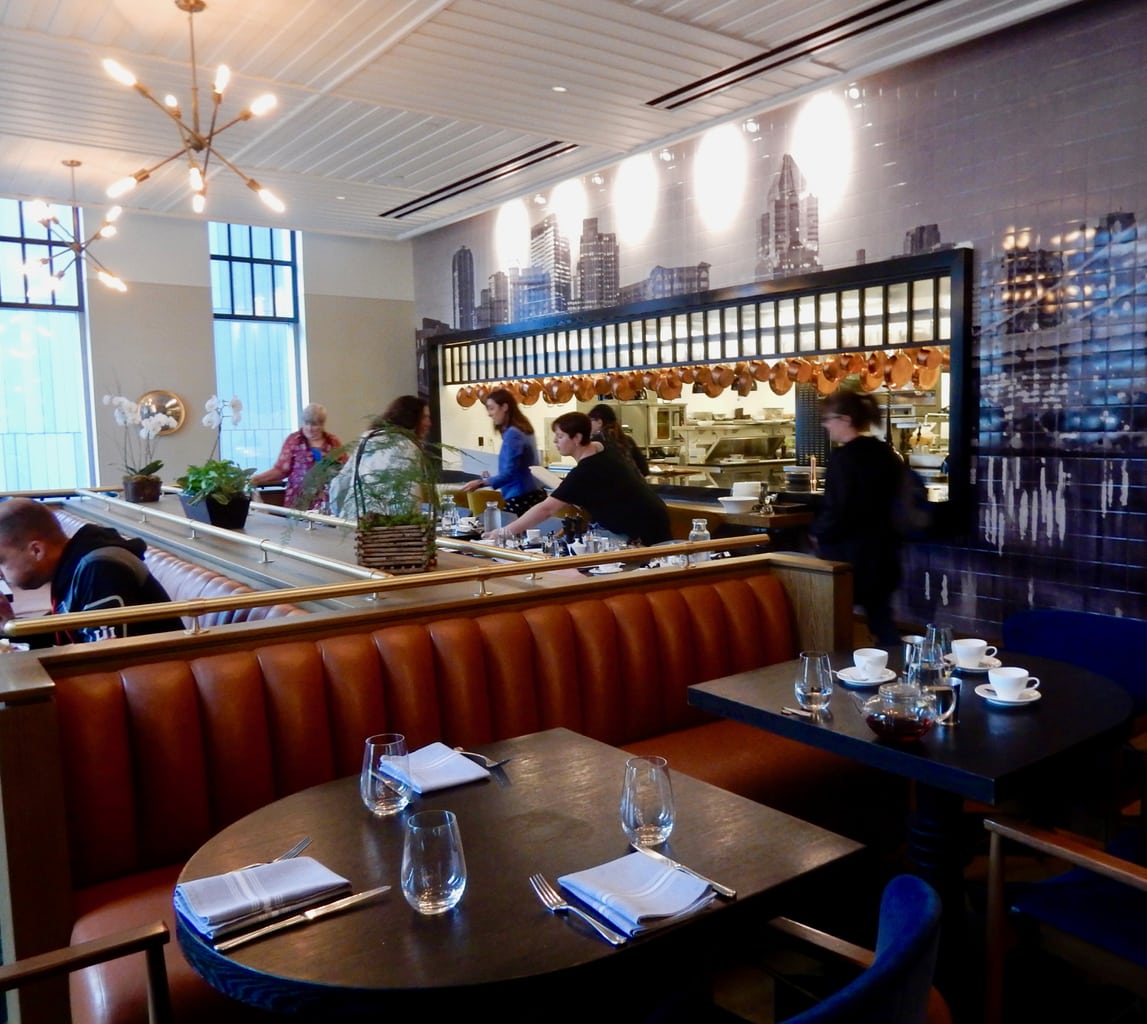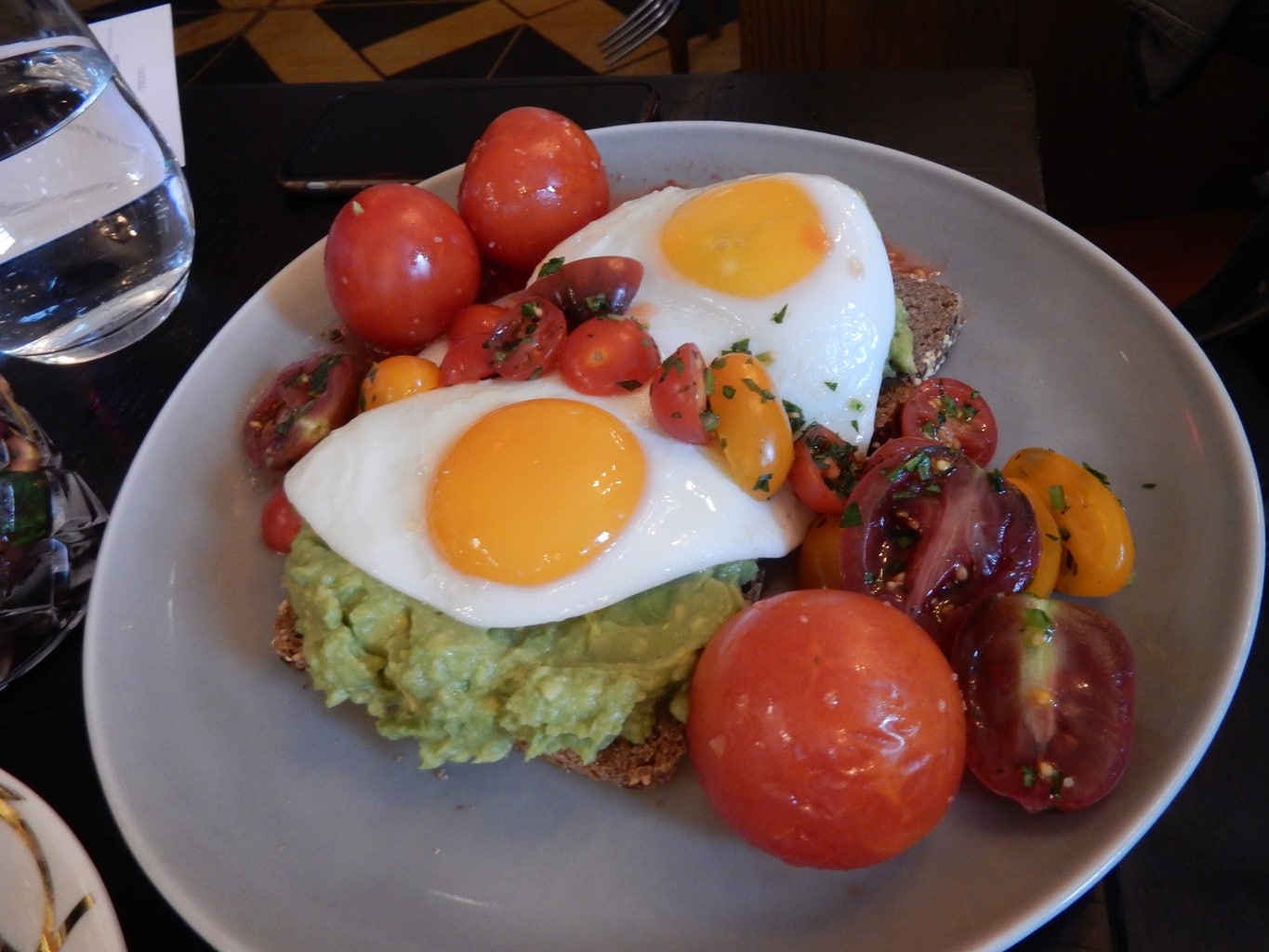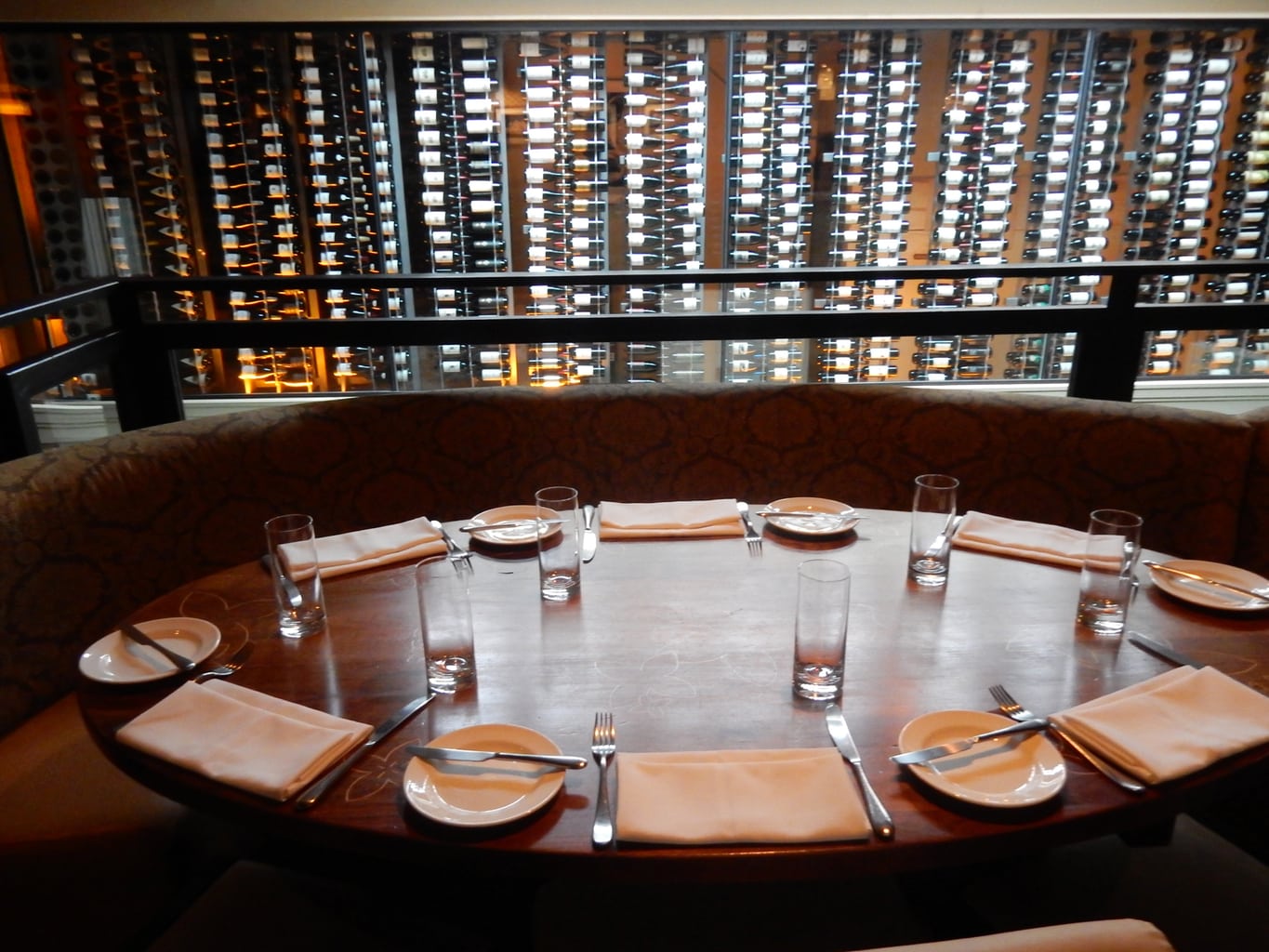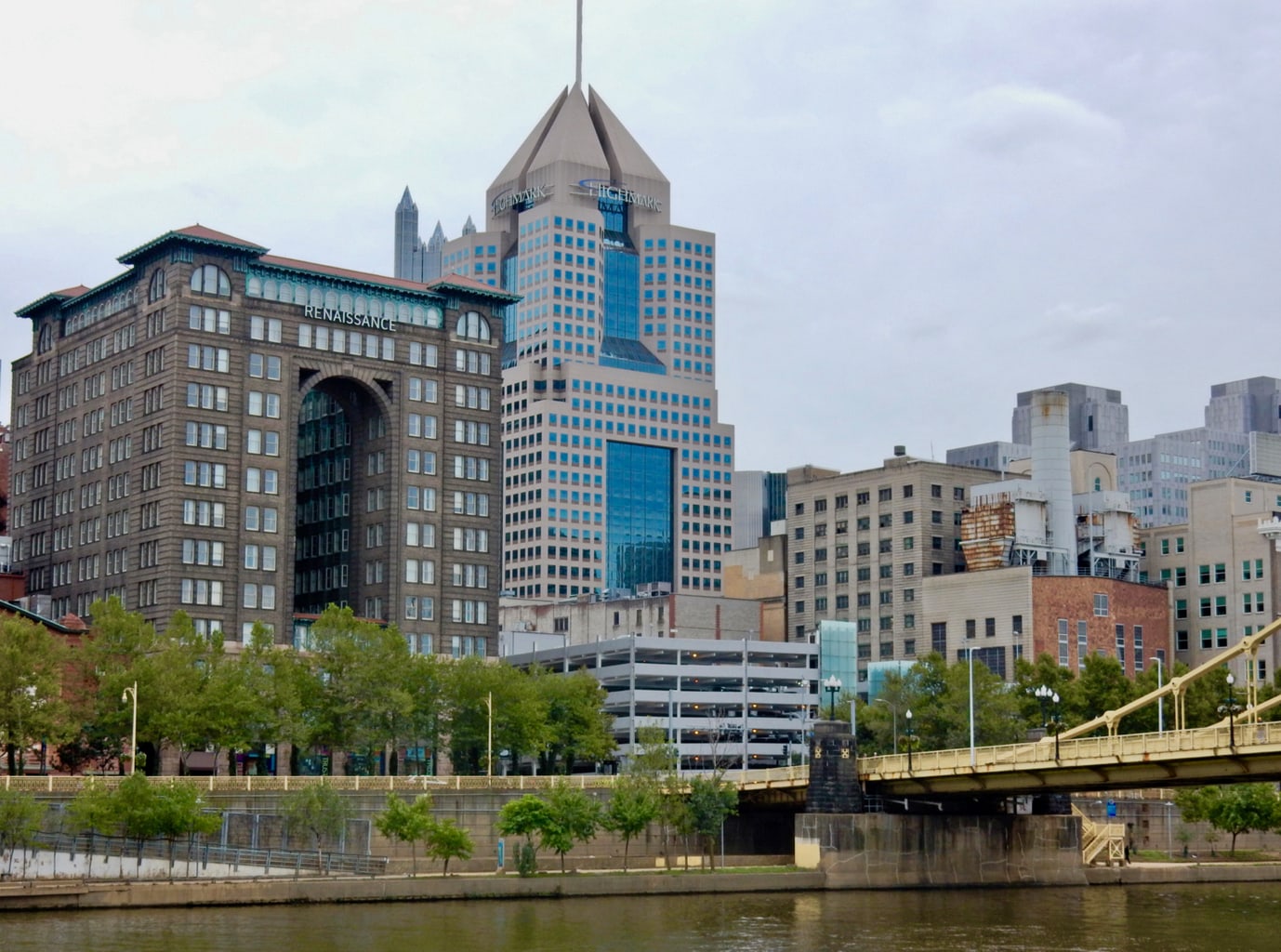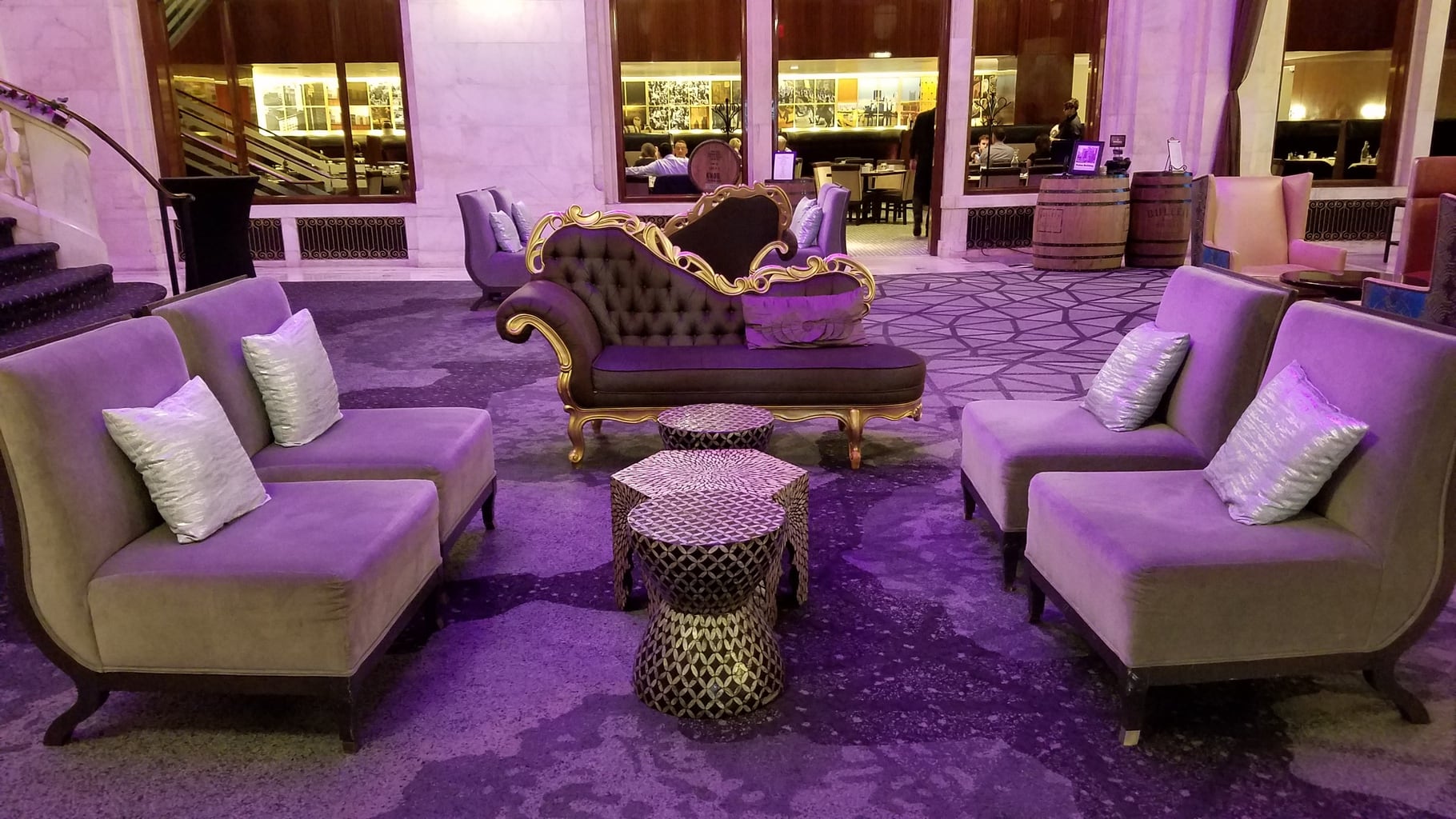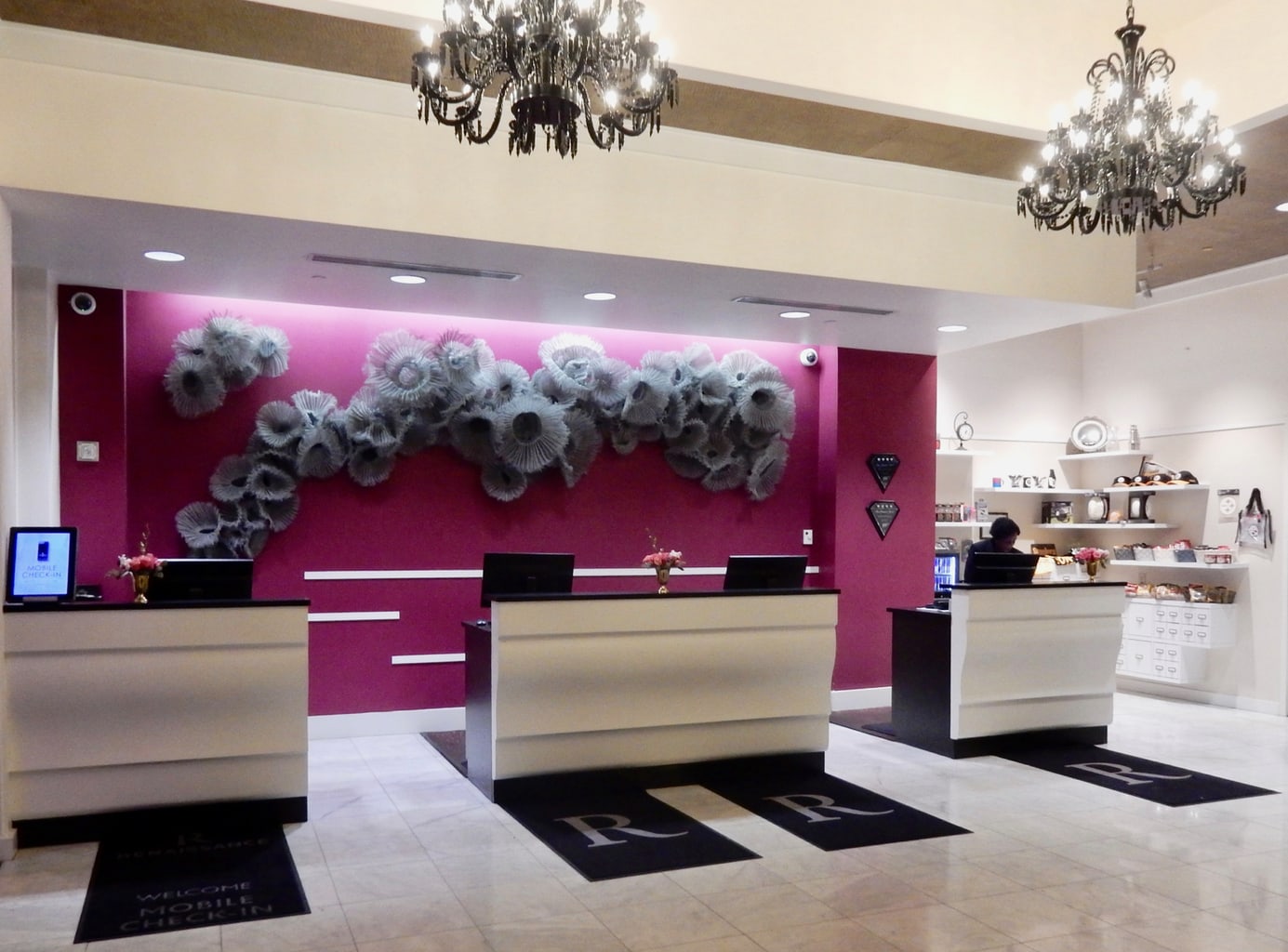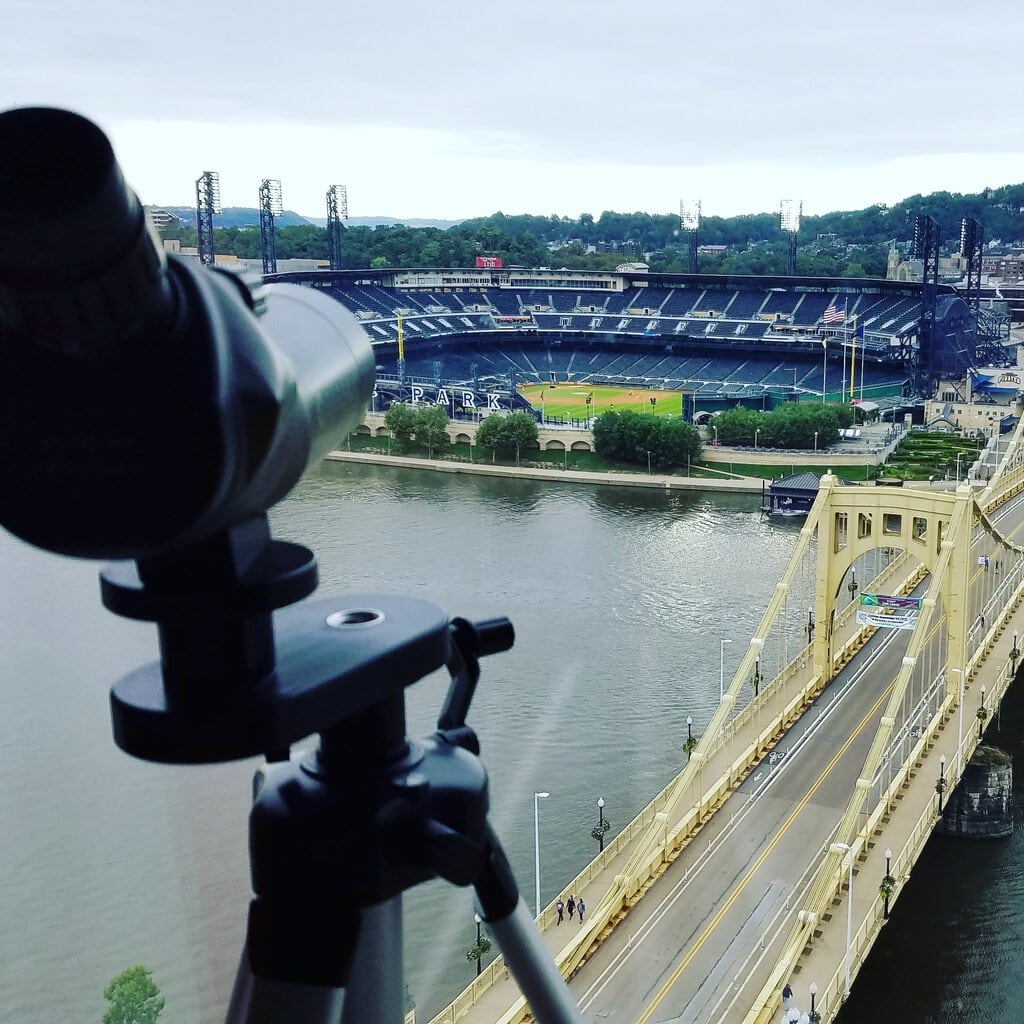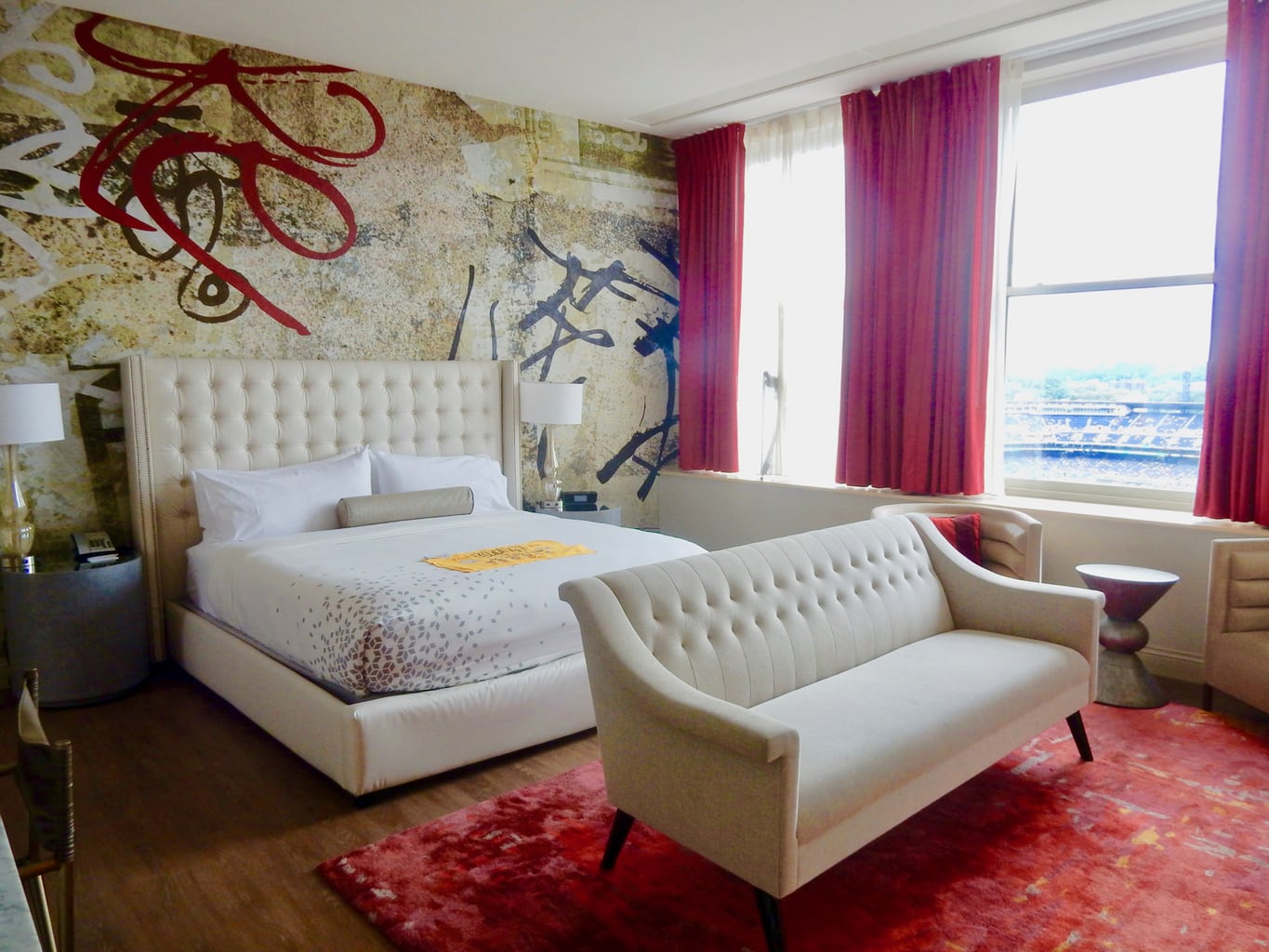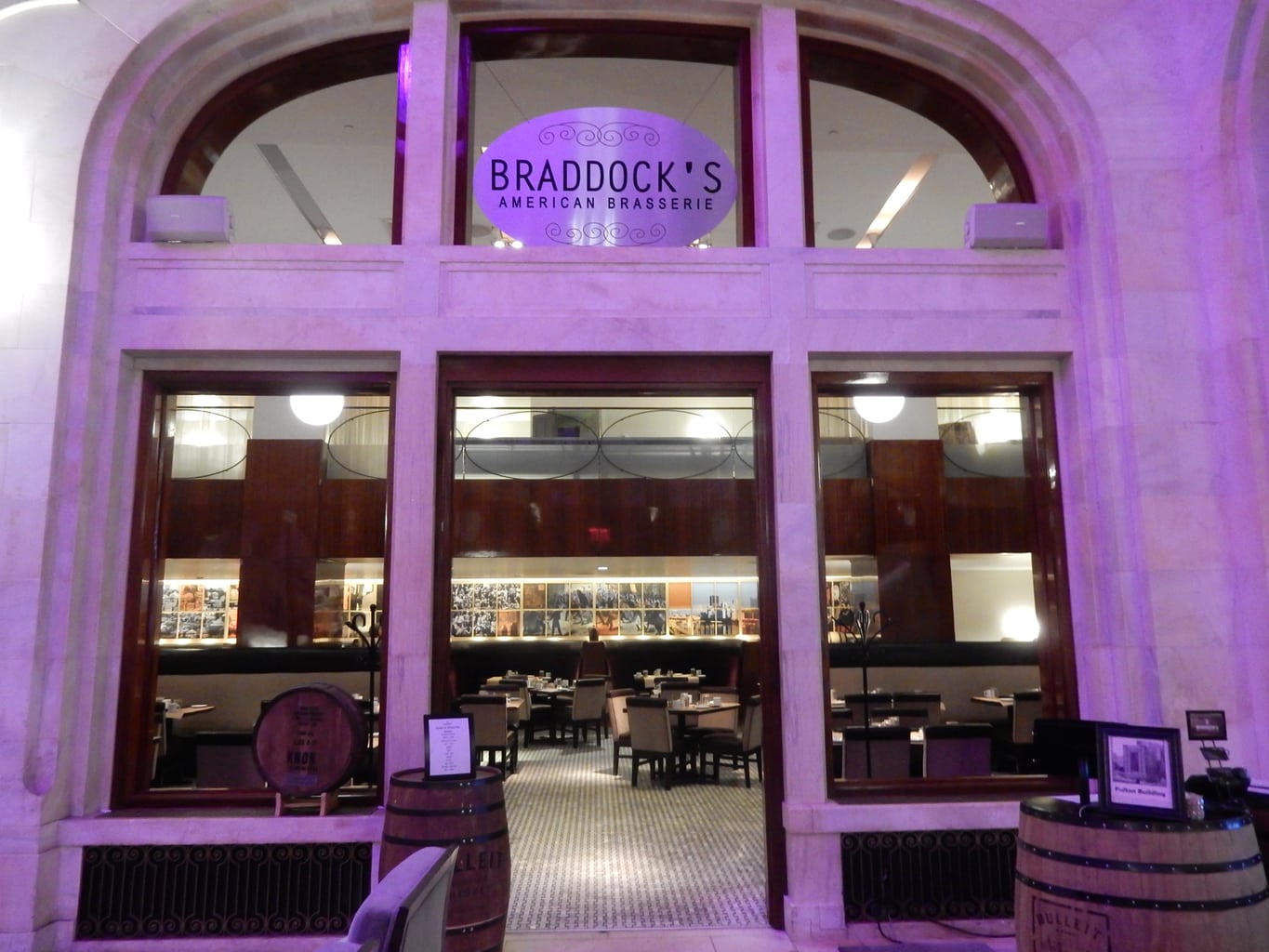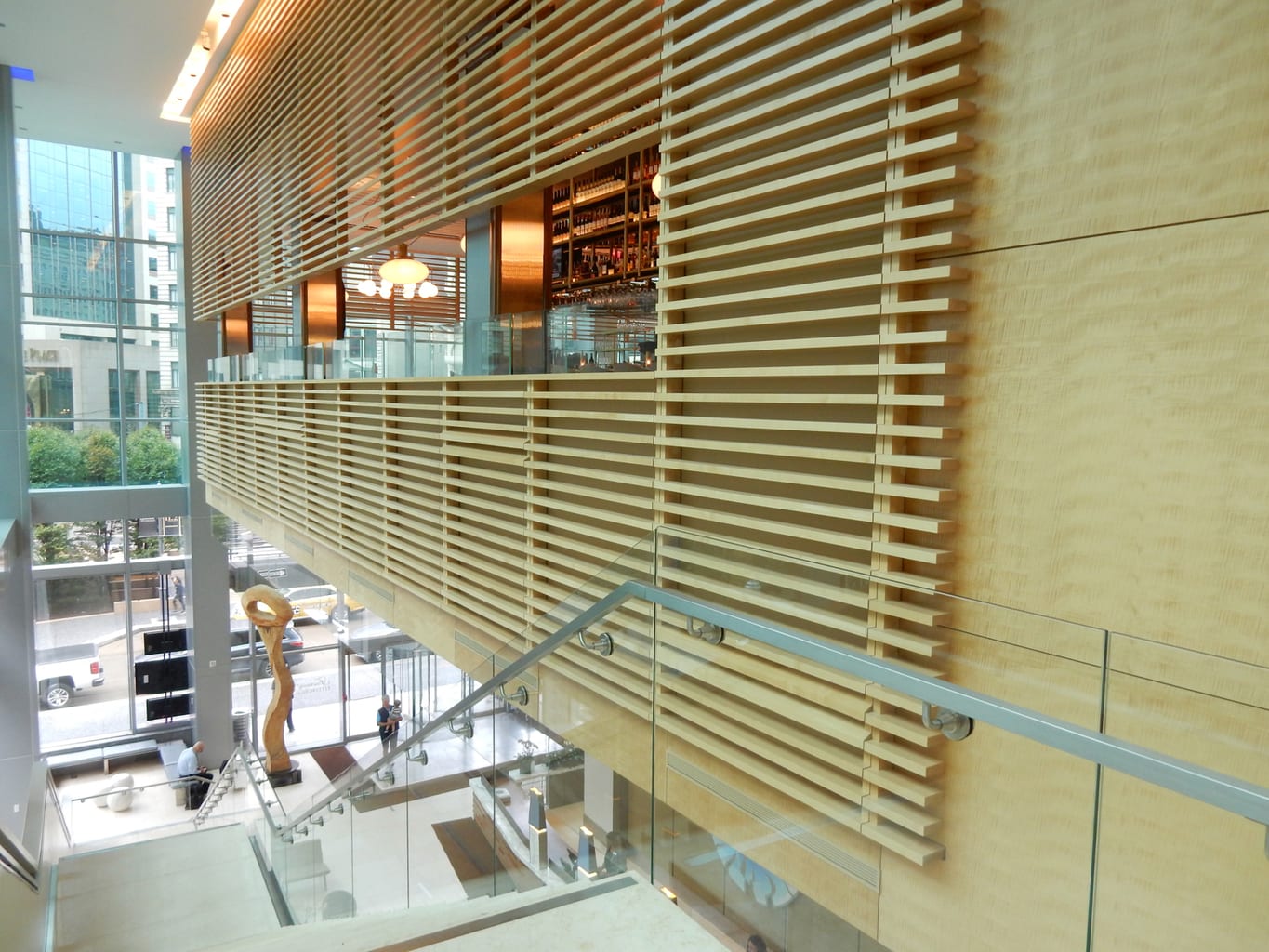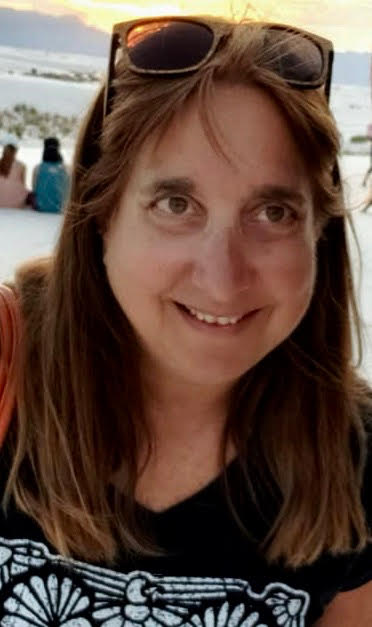WHY GO: What are some of the best things to do in Pittsburgh PA for quirky couples, or friends who like to experience a a touch of weirdness in their getaways? We’ve got ideas aplenty, starting with history of the very first American rebellion, and opportunities to see the work of rebel artists.
We pair those activities with one of the coolest hotel rehabs in the city – within eagle’s eye of PNC Park. Come back to Pittsburgh PA – you can never get enough of it!
We’ve covered Pittsburgh PA as a movie set, and as a growing culinary Mecca. But this time, it’s all about History, Whiskey, and Crazy Art.
This “Rebel Pittsburgh” post joins this roster of 18 Top Romantic Getaways in Pennsylvania. You might just get some more romantic getaway ideas.
Best Things to Do in Pittsburgh For History and Art Buffs
BOAT TOUR: Gateway Clipper Fleet
Book the hourlong Three Rivers sight-seeing cruise on one of the several paddlewheel boats in the Gateway Clipper Fleet for an overview of Pittsburgh history. This includes a crash course on the Whiskey Rebellion – the first “Tea-Party” like insurgence against our own new government, when, in 1794, it attempted to tax farmer-distillers out in western Pennsylvania.
While plying the Allegheny, Monongahela and Ohio Rivers that run through Pittsburgh, a historian narrates the area’s history from 1681, when King Charles II granted 45,000 square miles of land to William Penn.
Pittsburgh was famous for its natural resources. Since 1716, over a billion tons of coal have been mined from Pittsburgh’s coal seam. However, the demise of the steel industry, which collapsed in the 80’s due to “de-industrialization,” has forced Pittsburgh to diversify.
And boy, has it: to gorgeous effect. Gone are the soot covered buildings and polluted air. Now, vistas of clean rivers and crystal-clear landscape, overlaid with hundreds of stone and steel bridges, draws more tourists than industrialists. Seeing Pittsburgh from the river drives that point home.
You’ll pass Point State Park (a National Historic Landmark) at the confluence of all three rivers – with it’s iconic Fountain (that shoots water 150 in the air), the Duquesne Incline, which ascends from the riverfront to Mount Washington (covered in our Pittsburgh In the Movies post).
Cruises at different times with different themes throughout the year. Check website for schedule and rates.
TASTE/LEARN: Wigle Whiskey, Strip District
At the dawn of our new country, farmers on the Western Frontier (read: Pittsburgh and surroundings) used their surplus rye, barley, wheat, and corn to make whiskey – the most popular drink at the time.
When President George Washington required funds to repay Revolutionary War debt, he imposed a tax on distilled spirits, a beverage created by people who had just fought the war with England over the Tea Tax. They were understandably up in arms about this new directive. Washington’s demands sparked what came to be known as the Whiskey Rebellion.
Honoring the Whiskey Rebellion
Retired lawyer, Mark Meyer, his wife, Mary Ellen (retired occupational therapist), and their son established The Wigle Distillery in 2012. It was the first distillery to open in Pittsburgh since Prohibition. They love to tell the story of Philip Wigle, a farmer who purportedly started the Whiskey Insurrection by refusing to pay his taxes.
George Washington and thousands of troops marched into Pittsburgh on that “Terrible Night.” Wigle was arrested with 20 others. He was just one of three sent to Washington DC, and the only one sentenced to hang for treason. But Wigle was saved at the 11th hour by a Presidential Pardon.
Made from scratch, “grain to bottle,” Wigle is the most awarded distillery in Pittsburgh, and one of the prettiest as well. Its signature Monongahela Rye, spicy and warm, replicates the favored frontier whiskey of old.
Wigle also makes other whiskeys and liqueurs, many with original 19th century recipes. My favorite was the triple-distilled Dutch-style Ginlever Gin, that, back when sailing and whaling ships plied the seas, fought scurvy when quinine was added. Light and unaged, with hints of cardamom, anise, lavender and juniper, it makes for an excellent sip. Check website for hours, and dates of tours and tastings.
VISIT: Phipps Conservatory and Botanical Gardens
The fragile works of Dale Chihuly and Jason Gamrath are prominently nestled among the plants and blooms of the 1895 Phipps Conservatory. This glass Victorian structure was built just after a similar one was constructed in San Francisco, and just prior to the Conservatory in the Brooklyn Botanical Gardens.
Initially stocked with vegetation from the just-closed Columbian Exposition in Chicago, it was a time, apparently, for these stunning glass castles to come into their own.
The Changing Face of Phipps
If you haven’t been to the Phipps in a few years, you must return – if only to see the seasonal flower shows, and what’s new in a multi-phase updating of this cherished institution. Phase 1, in the 1990’s, was the addition of a LEED Silver designed glass Welcome Center and Gift Shop. It encompasses bathrooms and a much better entrance into the heart of the greenhouses.
The whole building and its extensions are green and sustainably designed. So much so, in fact, the newly built Center for Sustainable Landscapes is one of only 11 designated “Living Buildings” worldwide.
Each of the 13 rooms within the Conservatory has been or will be restored, so there’s always something new to see.
Every two years, the Tropical Forest area highlights the ethno-botany of a different tropical country. (In 2018, Cuba was featured). As is the trend in museums, this exhibit is as interactive as it gets at a Botanical Garden – featuring marked Instagram and selfie hot spots.
Center for Sustainable Landscapes
The Center For Sustainable Landscapes opened in 2013 with a Platinum LEED designation. The three-story building offers classrooms for research opportunities and generates its own power with solar, wind, and geothermal energy.
But the quirkiest “piece” of art in this structure can’t be seen. It’s “Sound Art” by Abby Aresty, a composer and sound artist who recorded nature’s din all over Pittsburgh and via computer. She then “composed” an endless auditory stream of cricket chirps, birdcalls, and other noises that can be heard here, and change depending on the time of day. Check website for hours, dates, and admission costs.
VISIT: Andy Warhol Museum
The king of pop art, Andy Warhol, was from Pittsburgh. So it’s only fair that the best of his work can be found in this terrific museum devoted to a single artist. Each of the museum’s 7 floors covers roughly a decade of Warhol’s life.
On 7, you’ll see photos of Andy’s family, early drawings, and pictures of Andrew Warhola (his actual last name) as a young man.
The 6th floor gets into the iconic Warhol. See 60’s silk-screens of Campbell’s Soup Cans, boxes of Brillo, and Jackie Kennedy, to start.
By the 70’s (5th floor) Warhol was beginning to experiment with Amiga Computer Art.
In the 80’s (4th), he retro’d back to old-school painting, though the subjects were no less pop’y.
Don’t miss the Archive Study Center on the 3rd floor, where you’ll find letters, maps, plane tickets, correspondence, and strangely, a book open to a photo of Warhol’s 1975 silk-screened portrait of Israel’s Prime Minister, Golda Meir. If you’re into quirky souvenirs, the gift shop will snag you for a while. Check website for hours, days open, and entry fees.
VISIT: Mattress Factory
If you’ve ever been to MoMa-PS1 in New York, what I called the Museum of Modern Art/Manhattan’s “edgier sister,” you’ll know what I’m talking about when I try to explain The Mattress Factory. Experimental, sometimes disturbing, weird, unsettling, wondrous – the site-specific art installations at this multi-building “museum” are all of these things and more.
Though the installations change each year, when I visited in September 2018, one whole floor was so dark, I was counseled to “feel my way” around with my hands, and wait 15 minutes for my eyes to adjust.
In the second building – a three-story row house – my near crawl through a “multitude of layers” of construction materials, architectural models, strange objects, audio, and video projections evoked an Alice In Wonderland meets Wes Anderson vibe that was viscerally creepy.
My favorite, however, was the transparent writing ball in a third building. As tall as a human, filled with helium, in a white room covered with random graphite marks; playing with it was more enjoyable than any experience I’ve ever had in an art museum. That there was just one other person in the room made it even better. Check website for hours and admission fees.
GO: Randyland
Randyland is the wildly colorful brainchild of Randy Gibson, whose goal was “to bring happiness to his neighborhood.” On the same street and steps from The Mattress Factory (above), Randyland is such an ecstatic, iridescent, geometric, disjointed, engrossing, eclectically decorated home and property, it’s become a media darling.
People from all over the world come here to take photos, selfies, Instagram shots, and even propose marriage. But photos don’t do it justice. You’ve got to see it to believe it. Exploring its many nooks and crannies is sheer pleasure. Thanks, Randy! Always “open,” free but donations welcome.
BIKE: 150-Mile Great Allegheny Passage
Those adventurous, outdoorsy, and in-shape enough might want to check out the 150-Mile Great Allegheny Passage, connecting downtown Pittsburgh with Cumberland MD (and then merges with the C&O Canal Path to get you all the way to Washington DC). This nearly level crushed-limestone path traverses and crosses rivers, curves around mountains, and soars over valleys – making for a majestic weeklong trip.
DO: Traditional Pittsburgh Attractions
Of course, Pittsburgh is home to world-class institutions and museums. So, if you have a few extra hours, visit these:
Carnegie Science Center – journey to Mars, experiment with 3-D printing, and dozens more interactive exhibits.
Carnegie Museum of Natural History for geologic history (Dinosaurs!!), botany (zombie fungi?), ancient civilizations, and more.
Heinz History Center – 250 years of Pitt history.
Where to Eat in Pittsburgh PA Now
EAT/LUNCH: Federal Galley
A second “Chef Incubator” in Pittsburgh (the first was Smallman Galley), Federal Galley features a variety of food and drink from three chefs managing four stands (and one bar). If you can’t decide on lunch and/or you’re a huge fan of food trucks or up-market food courts, you’ll be right at home here.
You never know what to expect. Currently, there are kitchens turning out innovative chicken sandwiches, Detroit-style pizzas, and elevated pub fare. Come to enjoy whatever is new and trending. You might just catch a chef before he/she/they becomes a star.
EAT: Floor 2 at the Fairmont
Whatever you call it – Floor 2, or Flor2, or Fl.2 – on the second floor of the ultra-modern Fairmont Hotel – you’ve got to go at least once.
Both the food and the views are dynamite. Formerly Habitat, the space was gutted and redone in warm tones and textiles – browns, blues, grays, leathers – with shiplap ceiling and satellite chandeliers.
The tableware is made by local ceramicists. Servers are clad in attire designed by area stylists. And produce, meats and dairy items come from local farms. Of course breakfast includes Avocado Toast topped with fresh eggs. But, also the more inventive Vanilla Chia Bowl. Even if you’re not staying at the Fairmont, come up to the second floor for an ideal meal in stunning surroundings.
EAT/DINNER: Eleven, in the Strip
This modern, nearby-farm-sourced establishment, Eleven, has been on the Pittsburgh fine dining A-list for years – and the reason is clear. Nearly everything that comes out of the kitchen is so good, the two-level restaurant is packed every night of the week. Though carnivores will find much to love, many items on the menu play with the organic, dirt-candy theme.
DRINK: 42 Breweries
Yes, you read that correctly. Pittsburgh has around over 40 craft beer breweries, from its oldest, Penn Brewery, to the quirky Church Brew Works (fermentation tanks on the former alter). Of course it would take days to try them all out. So if short on time, book a tour with City Brew Tours Pittsburgh.
Where to Stay in Pittsburgh PA
STAY: Renaissance Pittsburgh
After a savvy redo, the cooly designed luxe Renaissance Pittsburgh in the former Fulton Building, on the riverfront opposite PNC Park, is a top choice for style-minded travelers. Located in Pittsburgh’s Cultural District, the Renaissance is right next door to the Byham Theater, within a couple of blocks of the Benedum Center and Heinz Hall, and across the river from the Andy Warhol Museum.
First Impression of Renaissance Pittsburgh
The vast central hall, white marble staircases and arches awash in purple light that emanates from a soaring domed ceiling, provides a striking first impression. In a Beaux Arts meets Avant-Garde kind of way.
The reception area, staffed with friendly folks, is sleeker and more contemporary, with a sculptural pink and grey wall.
Rooms at Renaissance Pittsburgh
Ask for a Corner Executive King for the best view of the river, bridges, and all Pirates home games. From afar, you can see the scrolling announcements and cannon fire after each home run. But the Renaissance also provides a telescope, so you can watch each player at bat or rushing to catch a fly ball up close.
Yes, you’ll spend lots of time looking outside, especially if there’s a game. But the newly renovated rooms are eye-catching, too. The bed is sinkably dreamy, cloaked in a white duvet – upon which a yellow Steelers’ Terrible Towel has been placed. Its tufted, cream-hued headboard leans up against an abstract wall mural.
Deeply hued pink area rugs and window curtains add punch to the room. The effect is fashion-forward without being flamboyant. It’s a modern and balanced oasis of serenity: always a plus for this traveler.
The bathroom is composed of white marble floor, white tiled shower and walls, and black marble sink. While immaculate, is a stylistic departure from the vibrant bedroom – lending it an aura of a different age (and decorator).
Dining at Renaissance
On site restaurant, Braddock’s American Brasserie serves diverse cuisine “in tribute to Pittsburgh’s melting pot culture,” in a modern, upscale space. With a focus on Bourbon and other distilled liquor, the bar celebrates the Whiskey Rebellion of yore.
There’s also a small Starbucks-like coffee shop right off the elevators on lobby level – perfect for the “must have caffeine” guests who don’t want to walk very far for their morning cuppa Joe. Check websites for rates.
STAY: More Recommended Hotels
Growing in popularity as a cultural and tourist destination, Pittsburgh has been upping its game with new boutique hotels and other iconic hospitality brands. The Fairmont Pittsburgh is sleek, modern, and oh so posh. The Drury Plaza Hotel, in a former Federal Reserve Bank Building (the indoor pool area used to be the Fed’s shooting range), is a popular boutique, as is Distrikt Hotel, in the old Salvation Army Building, with its Living Wall in the lobby, “or, the Whale” Restaurant inspired by Moby Dick, and chic rooms.

